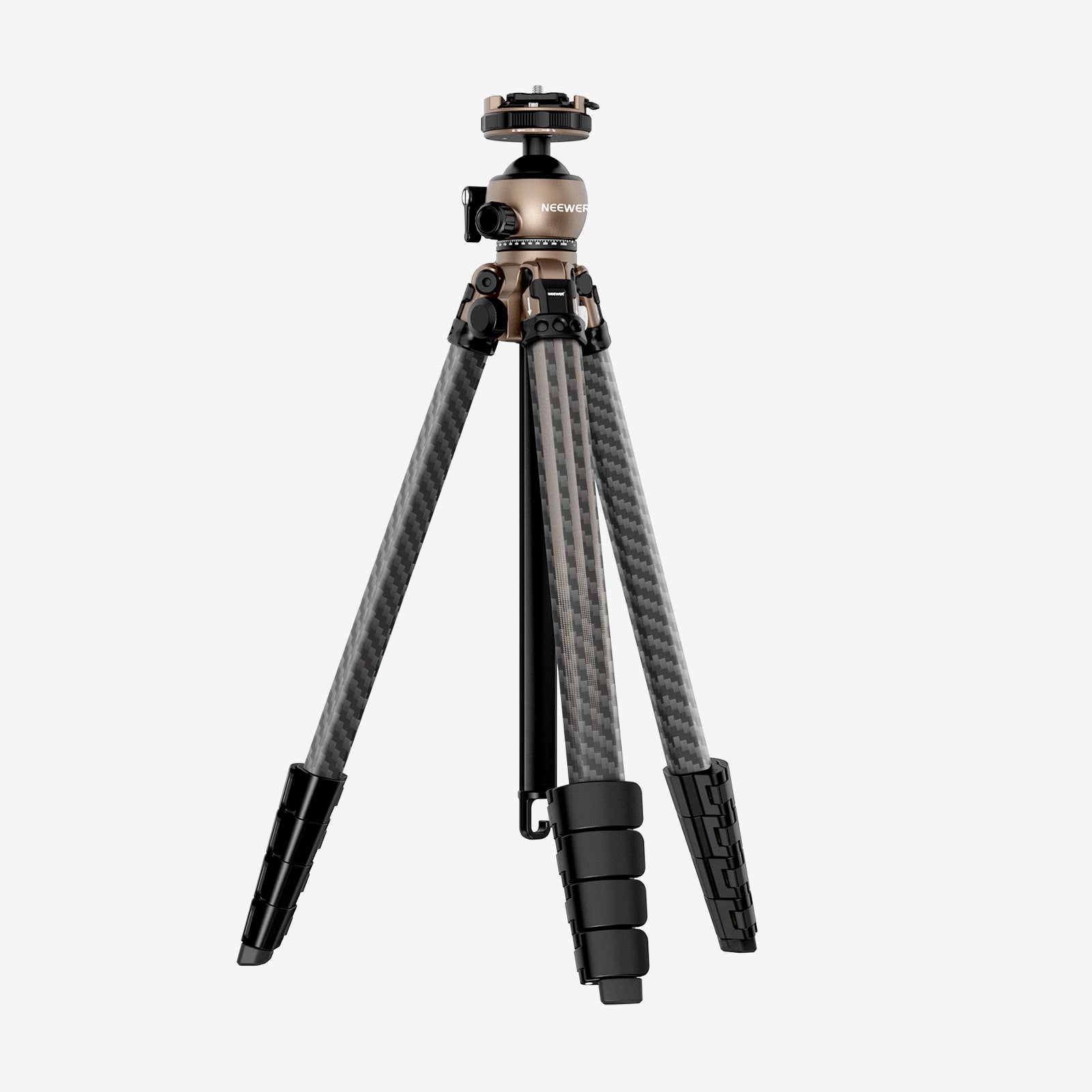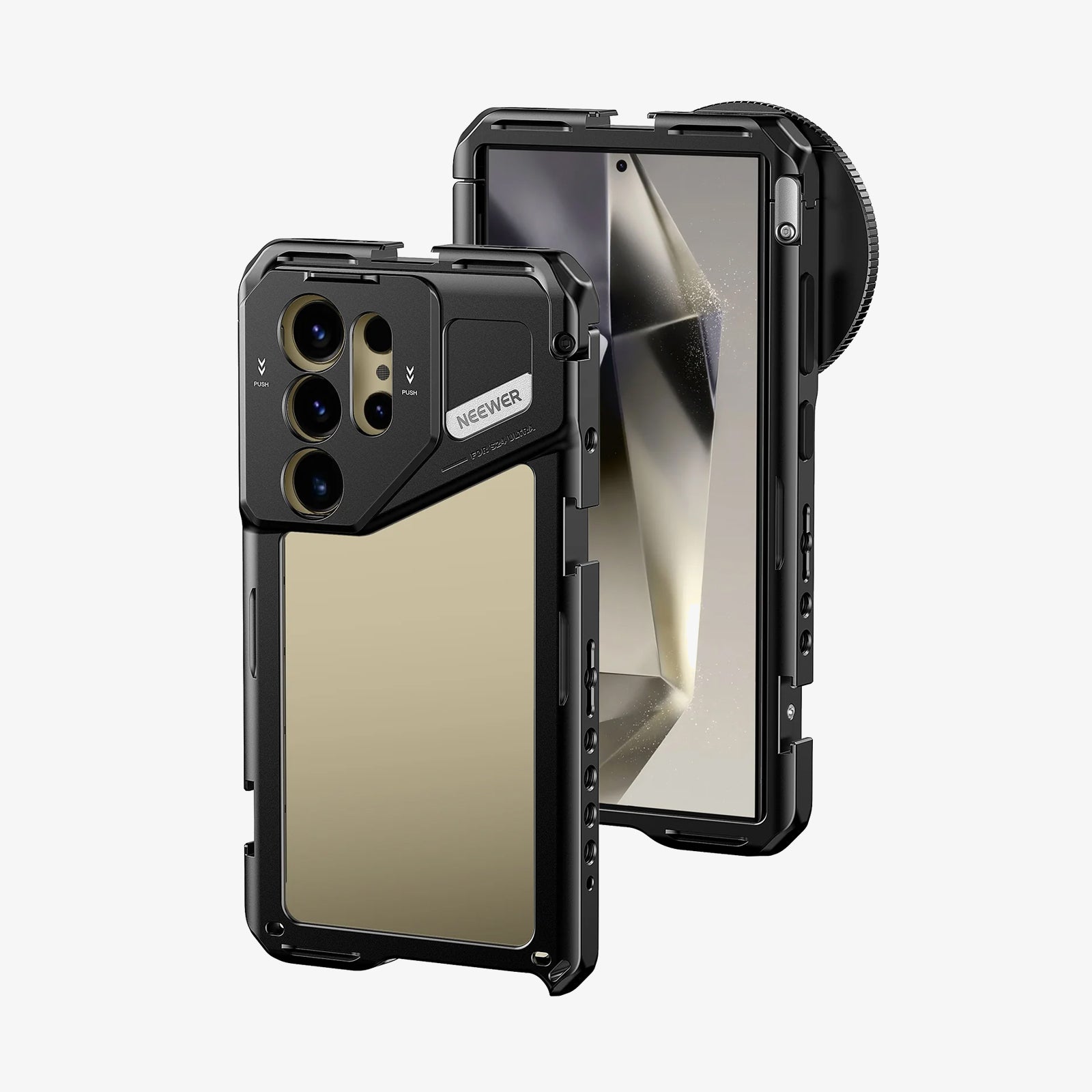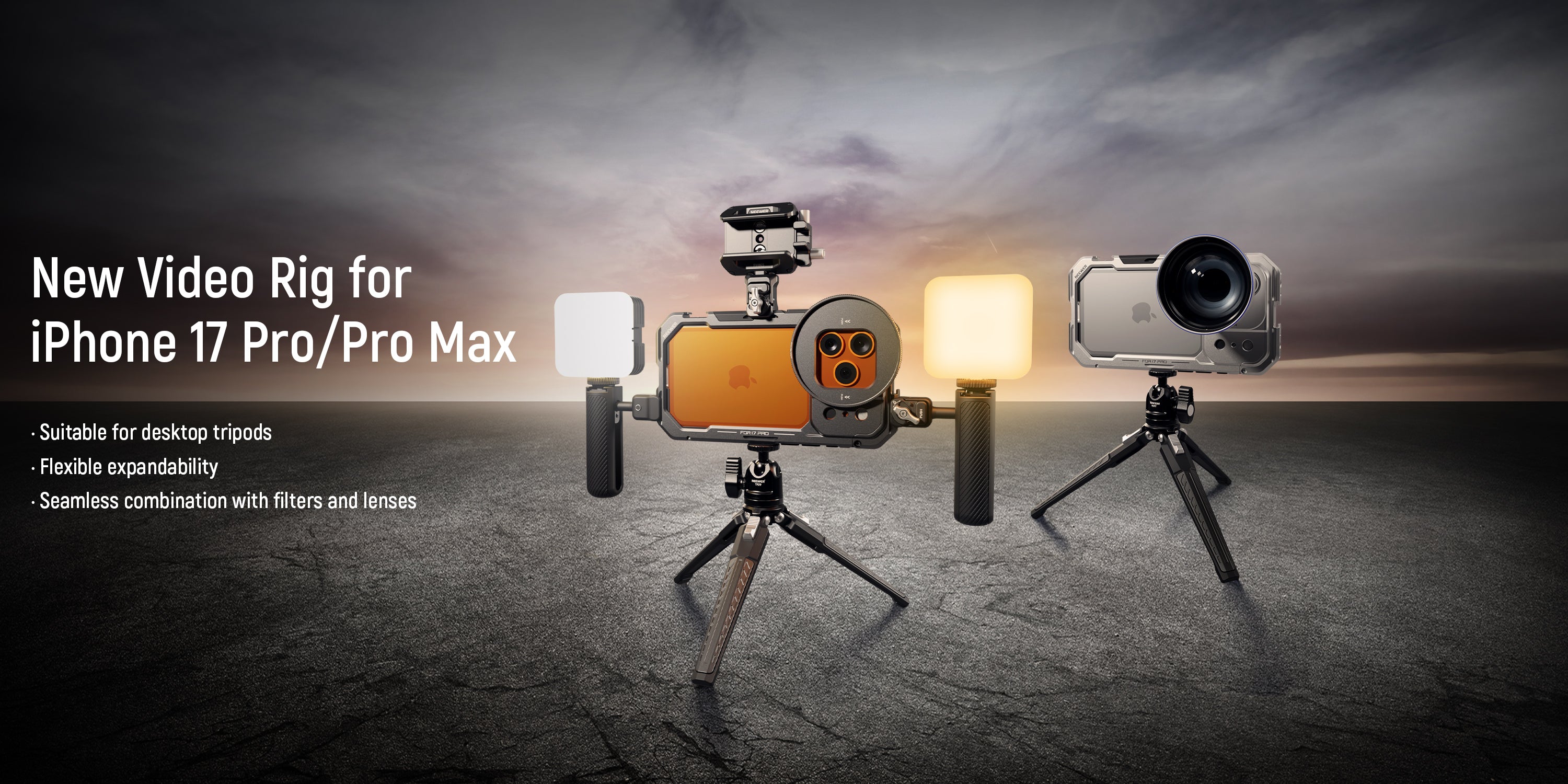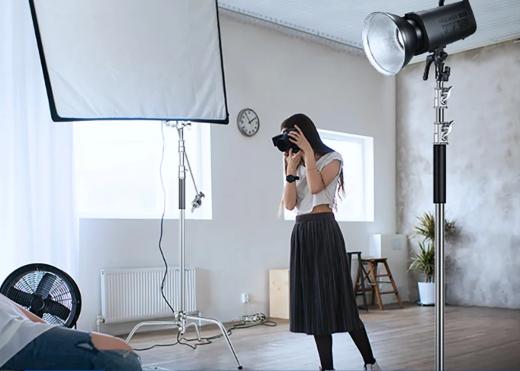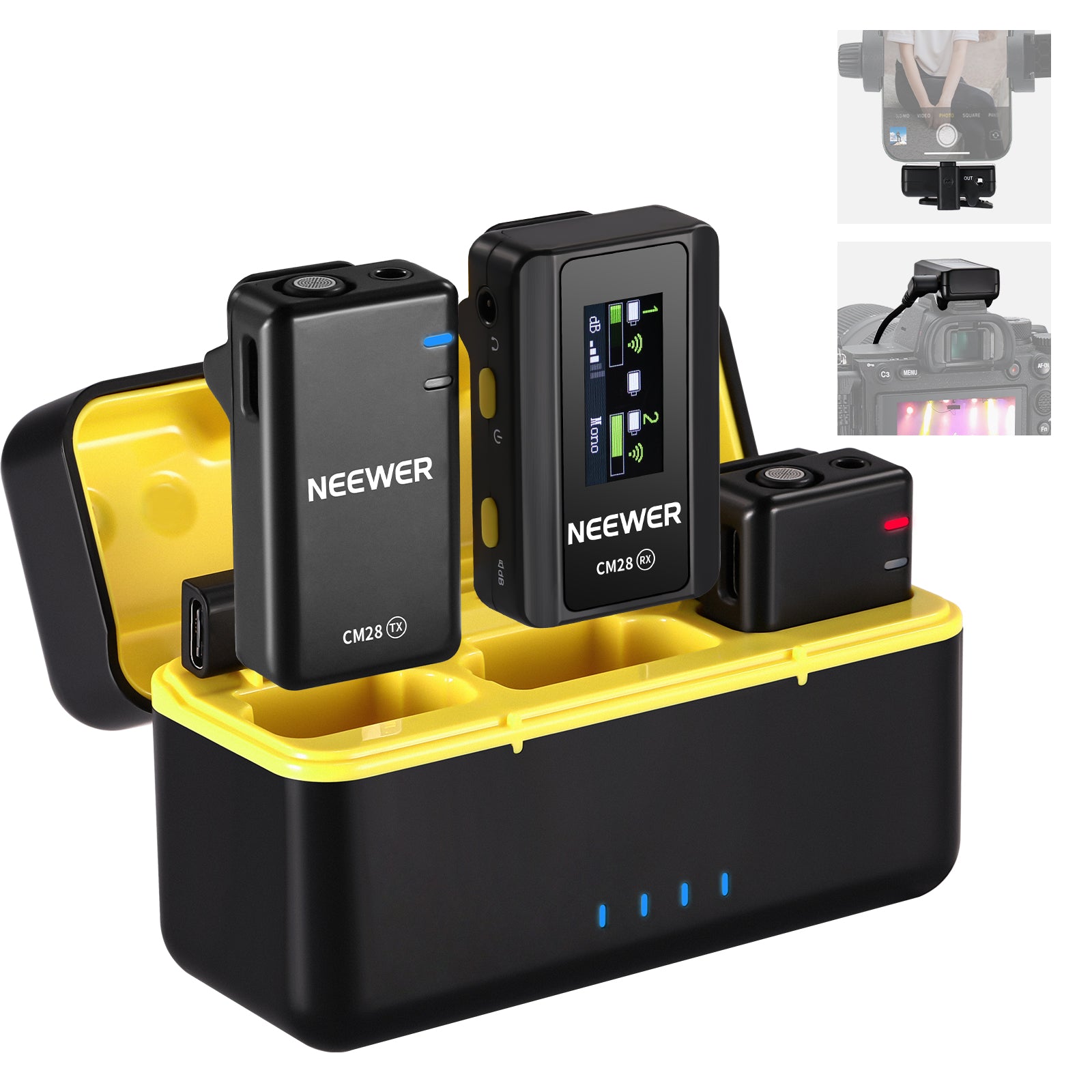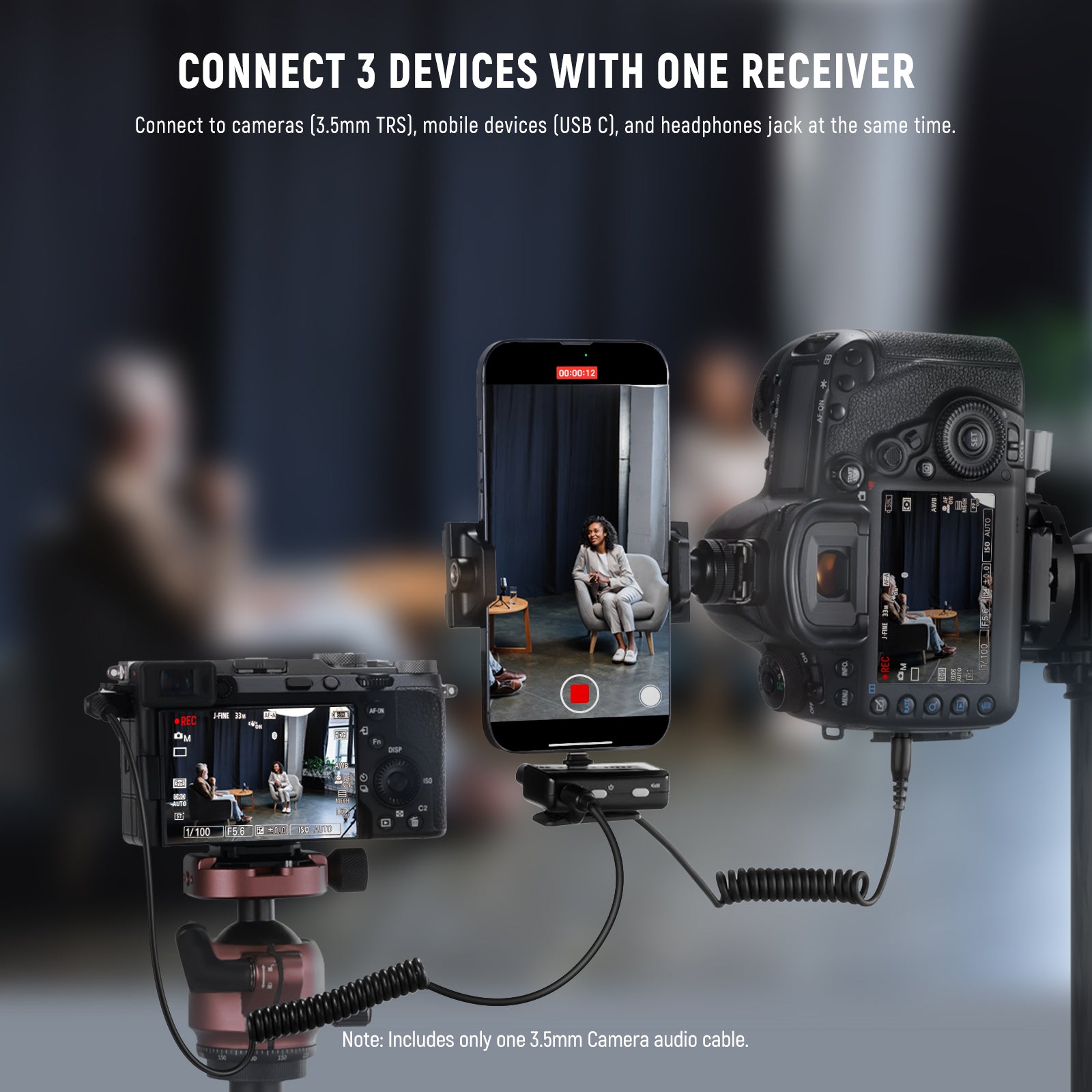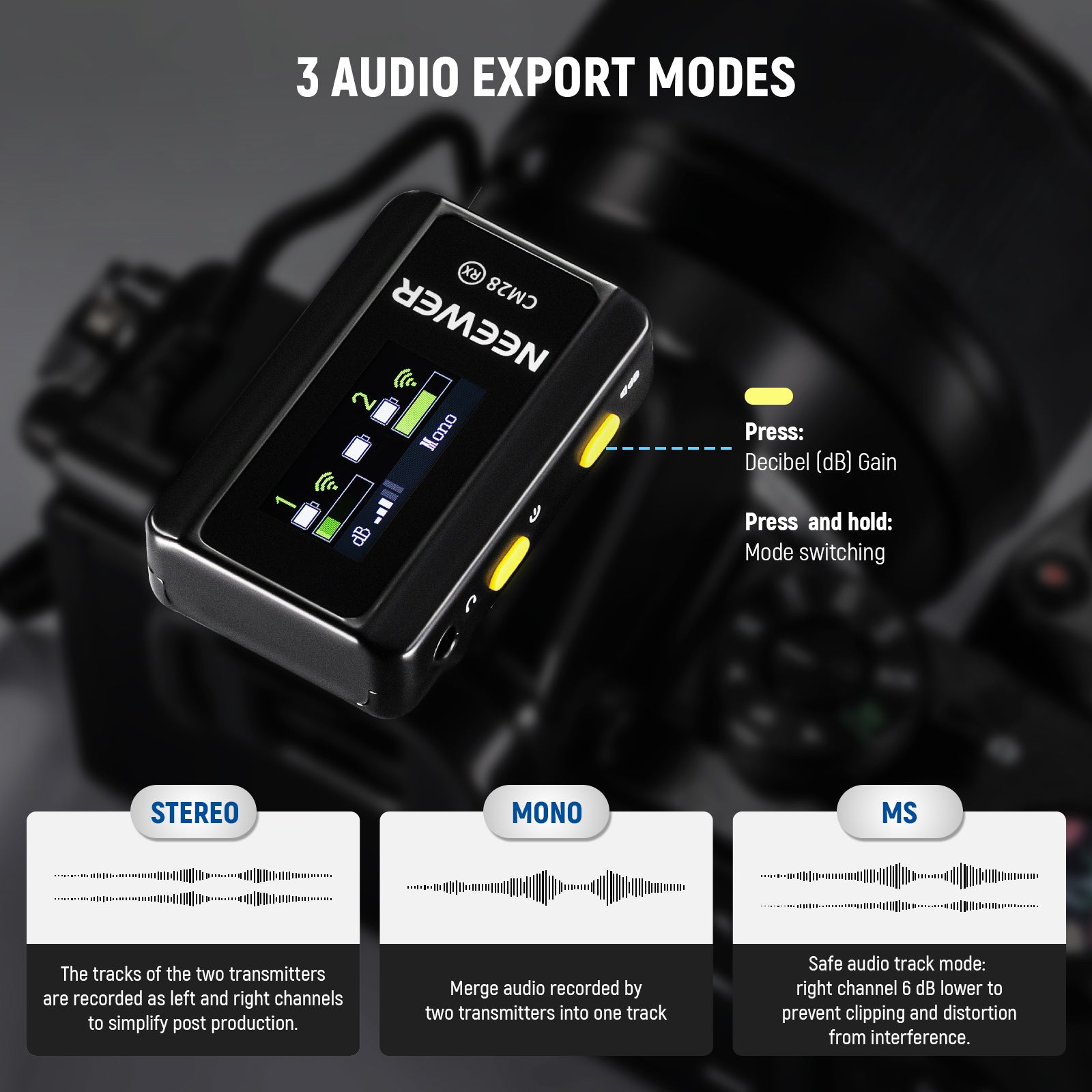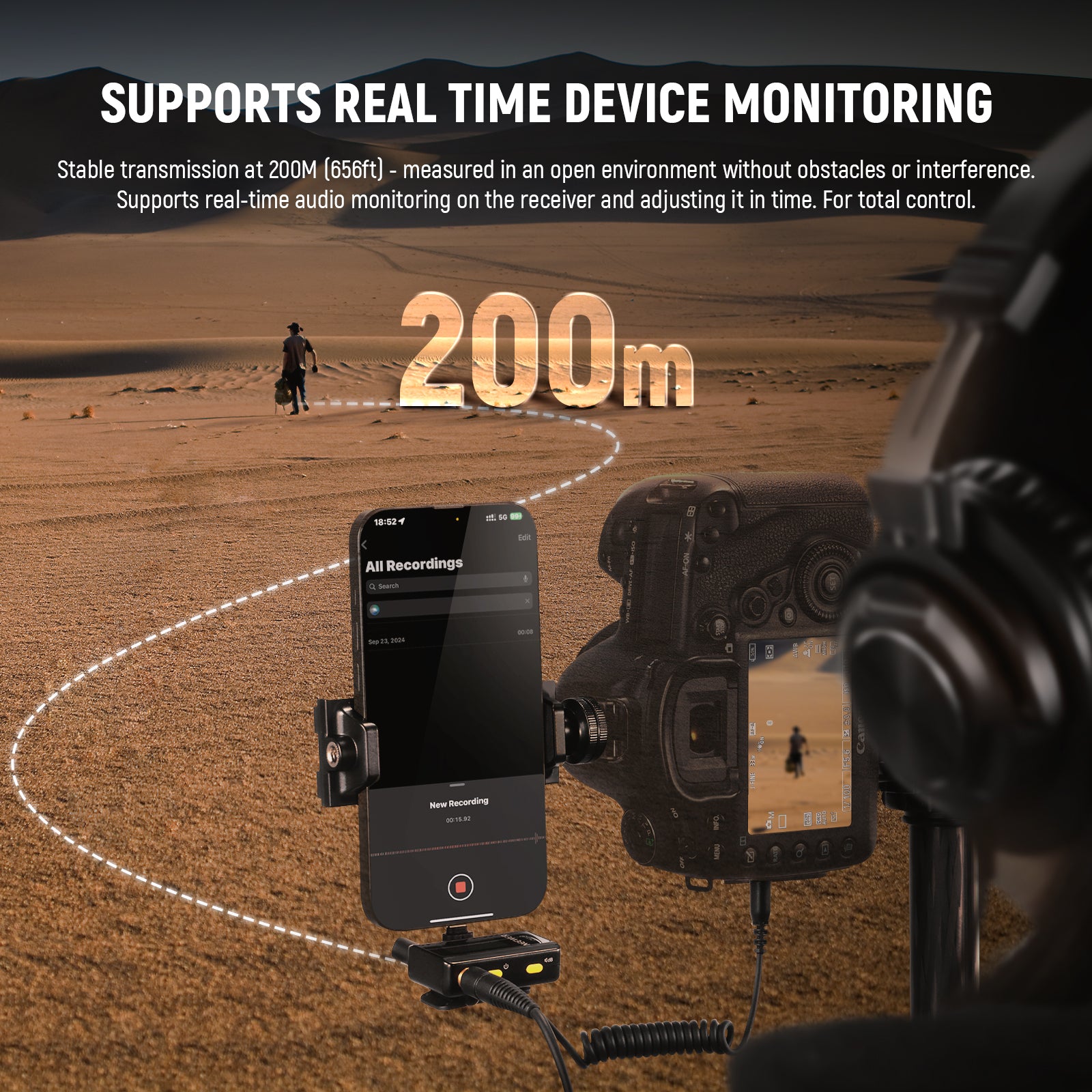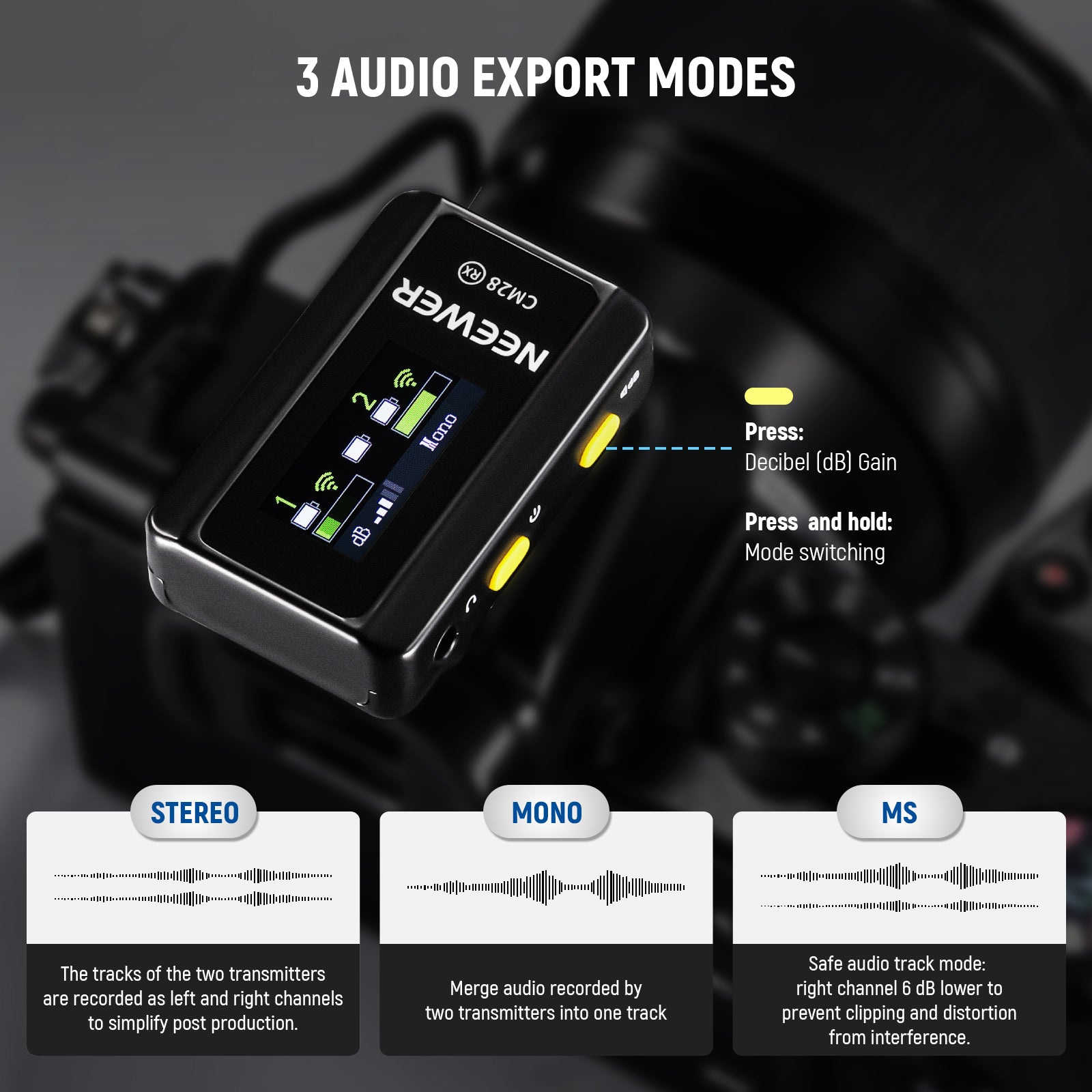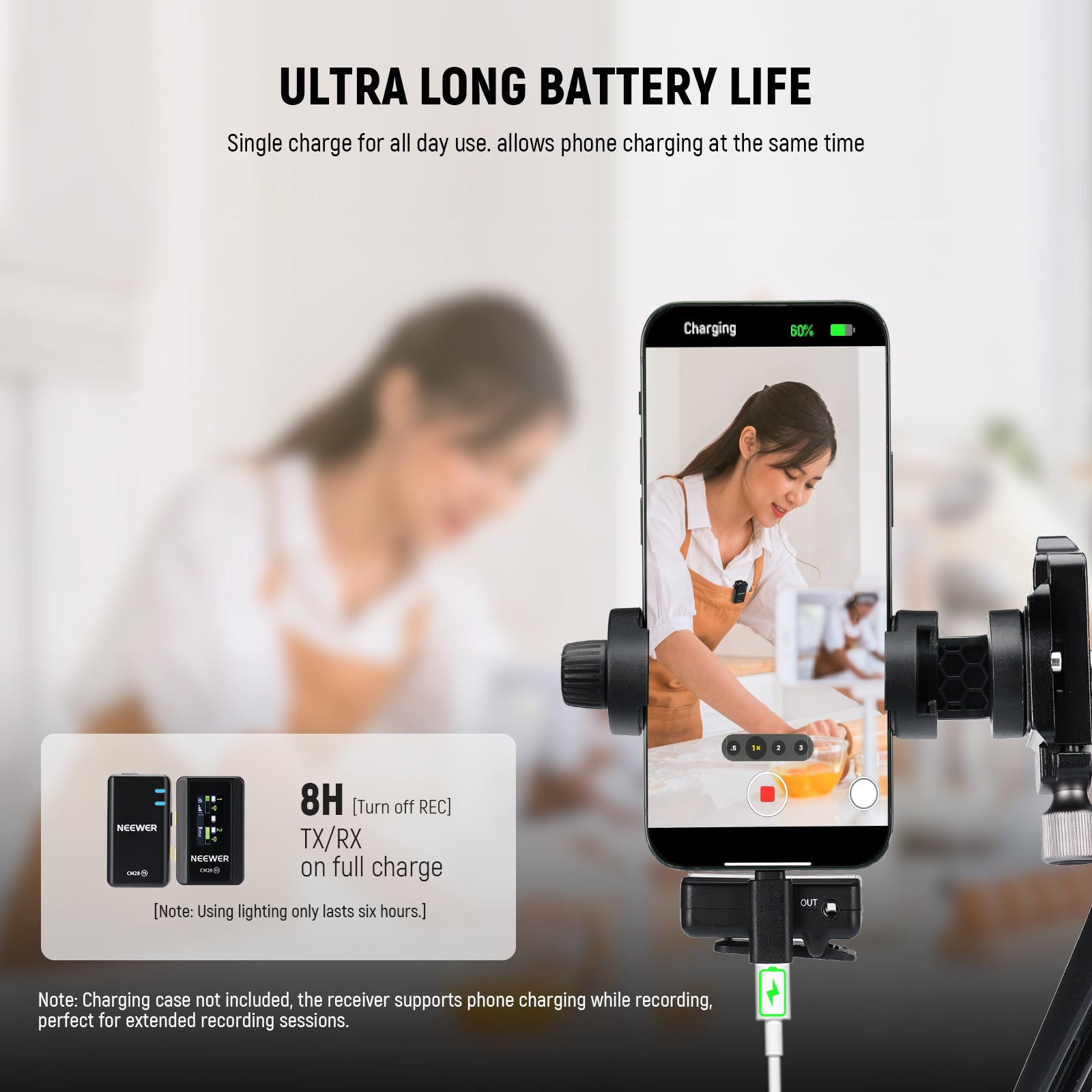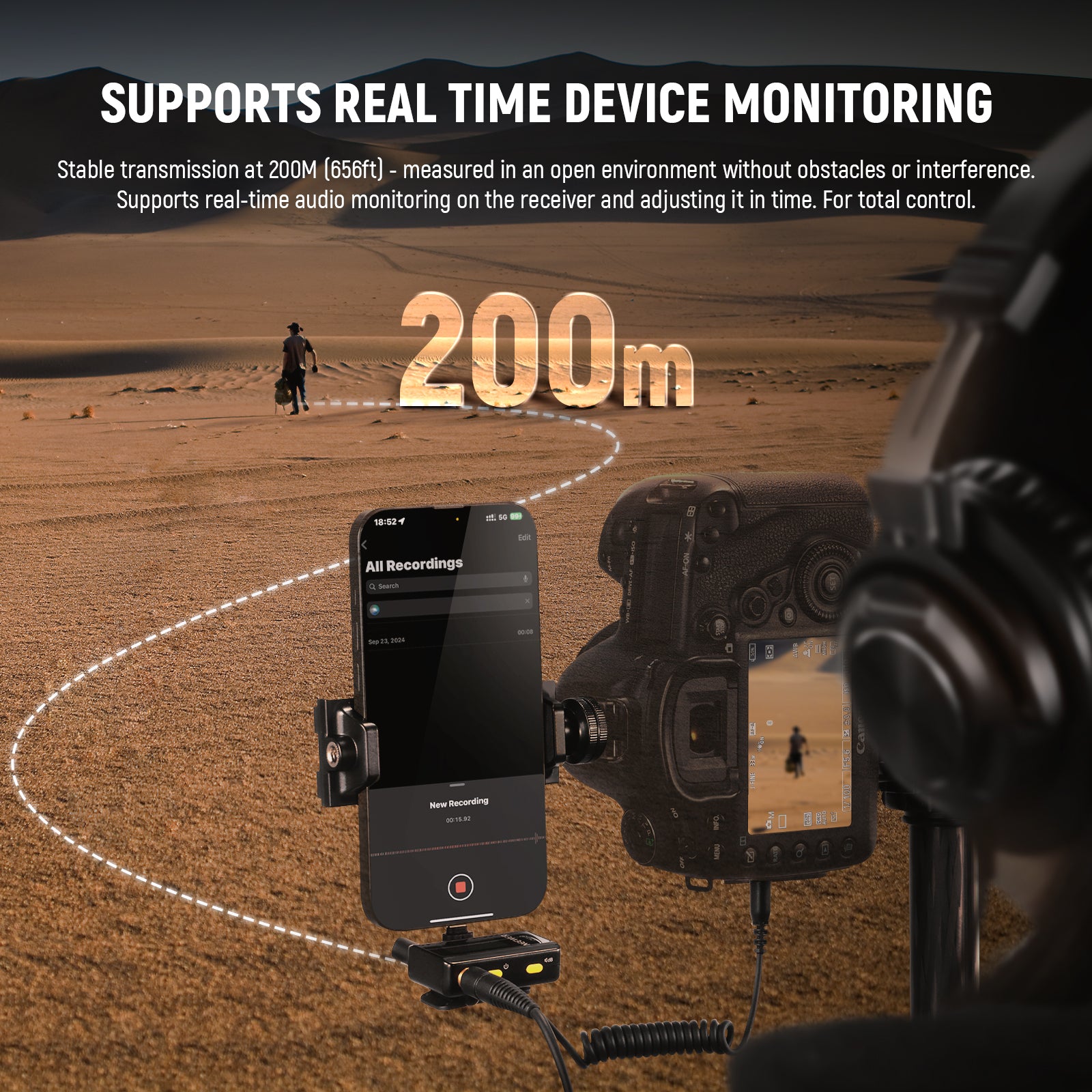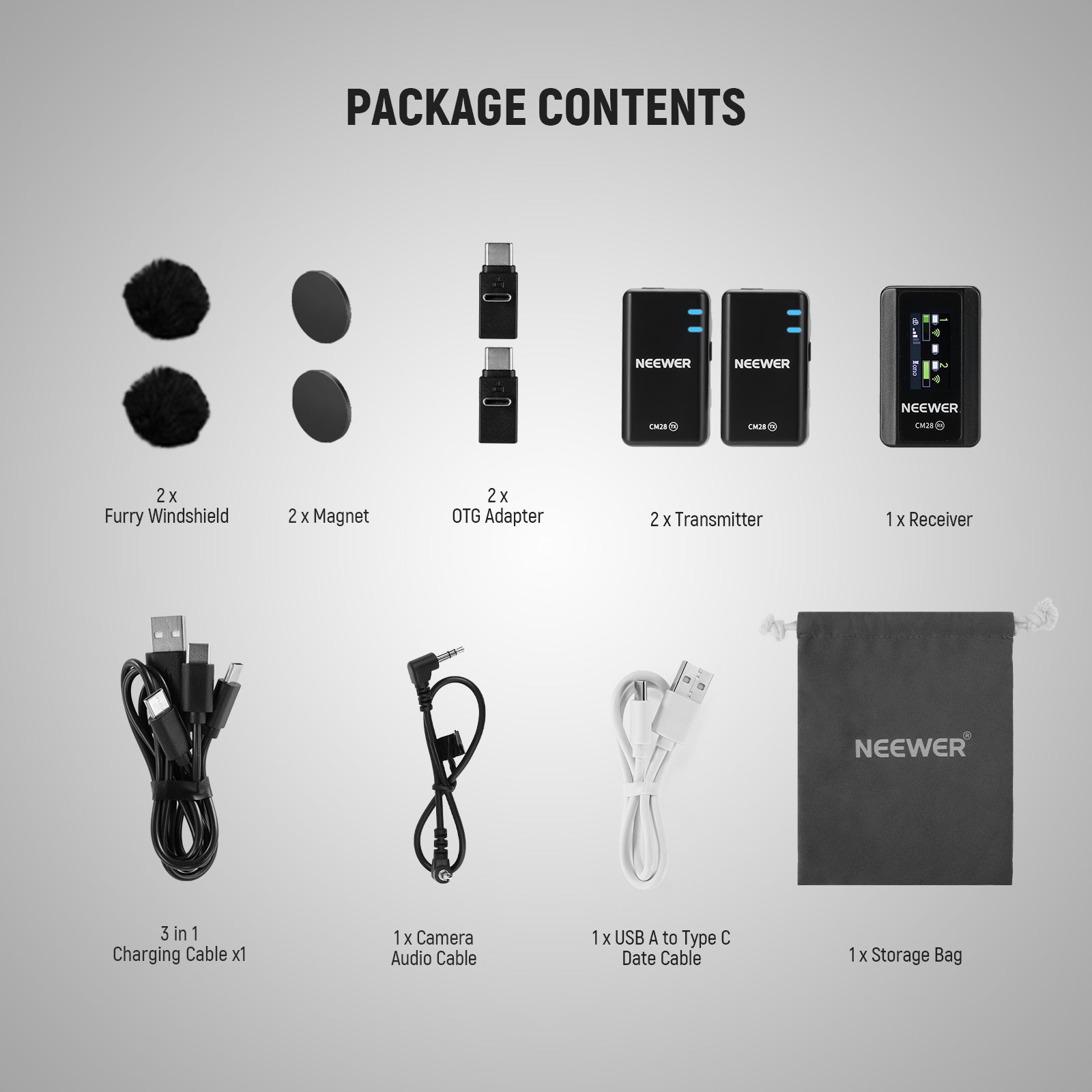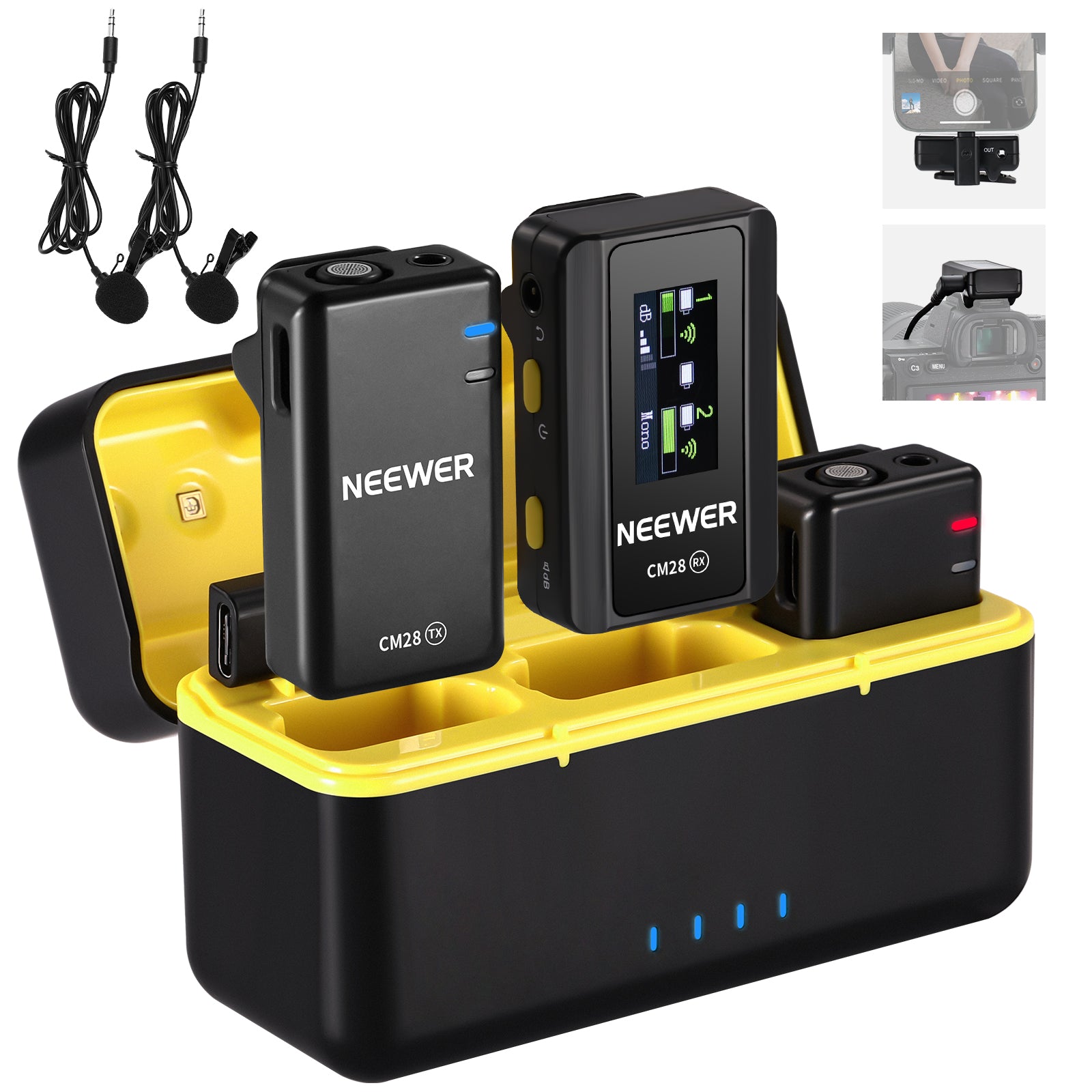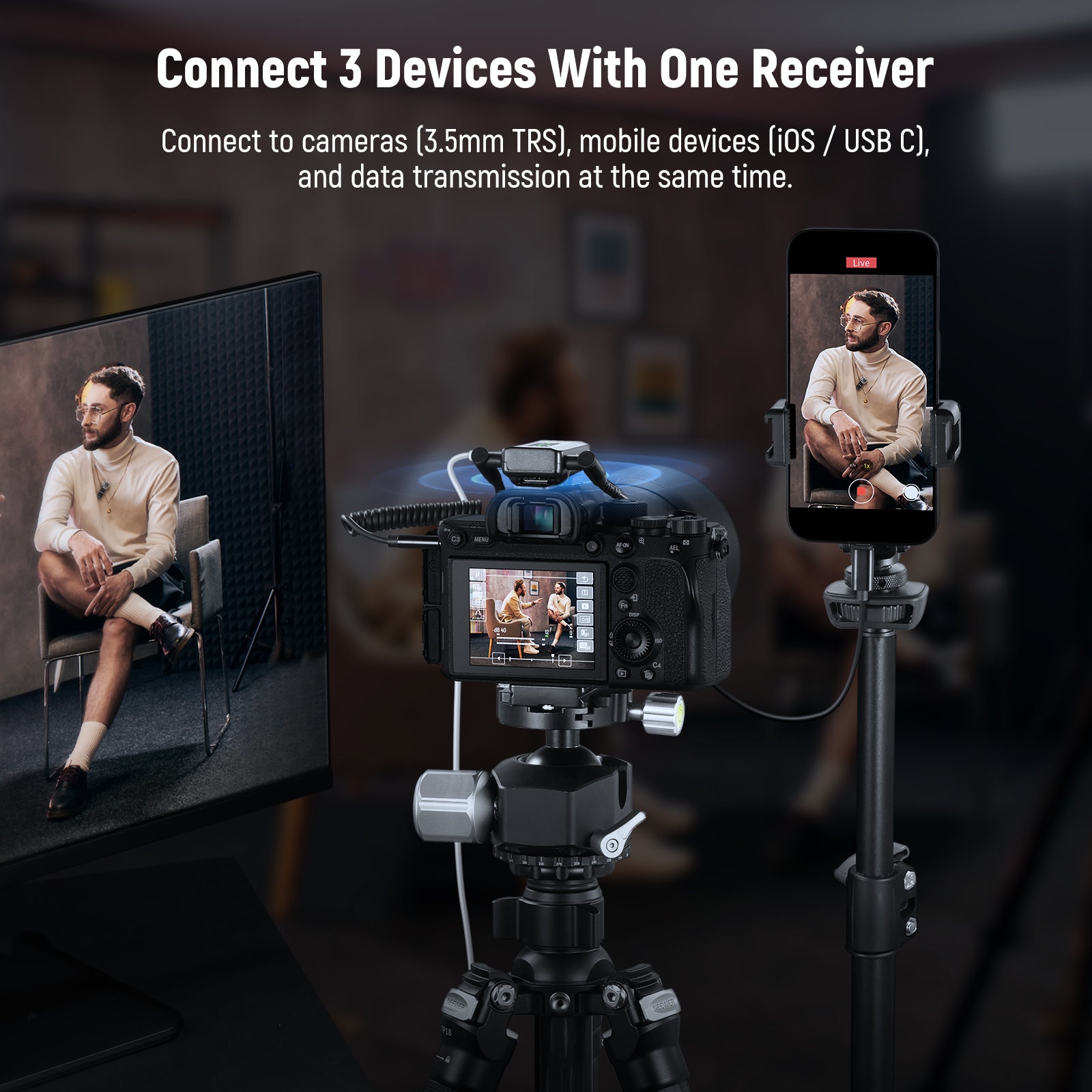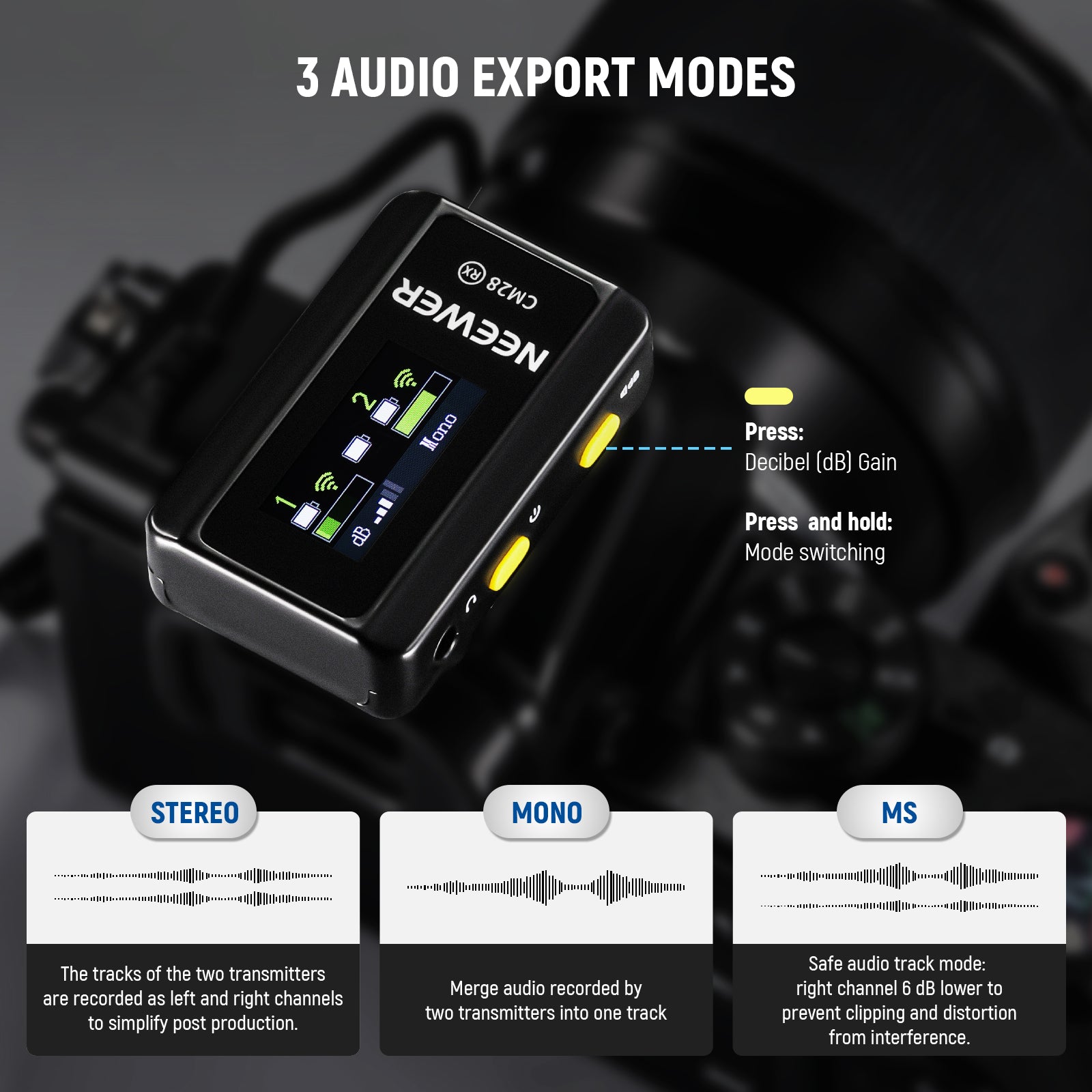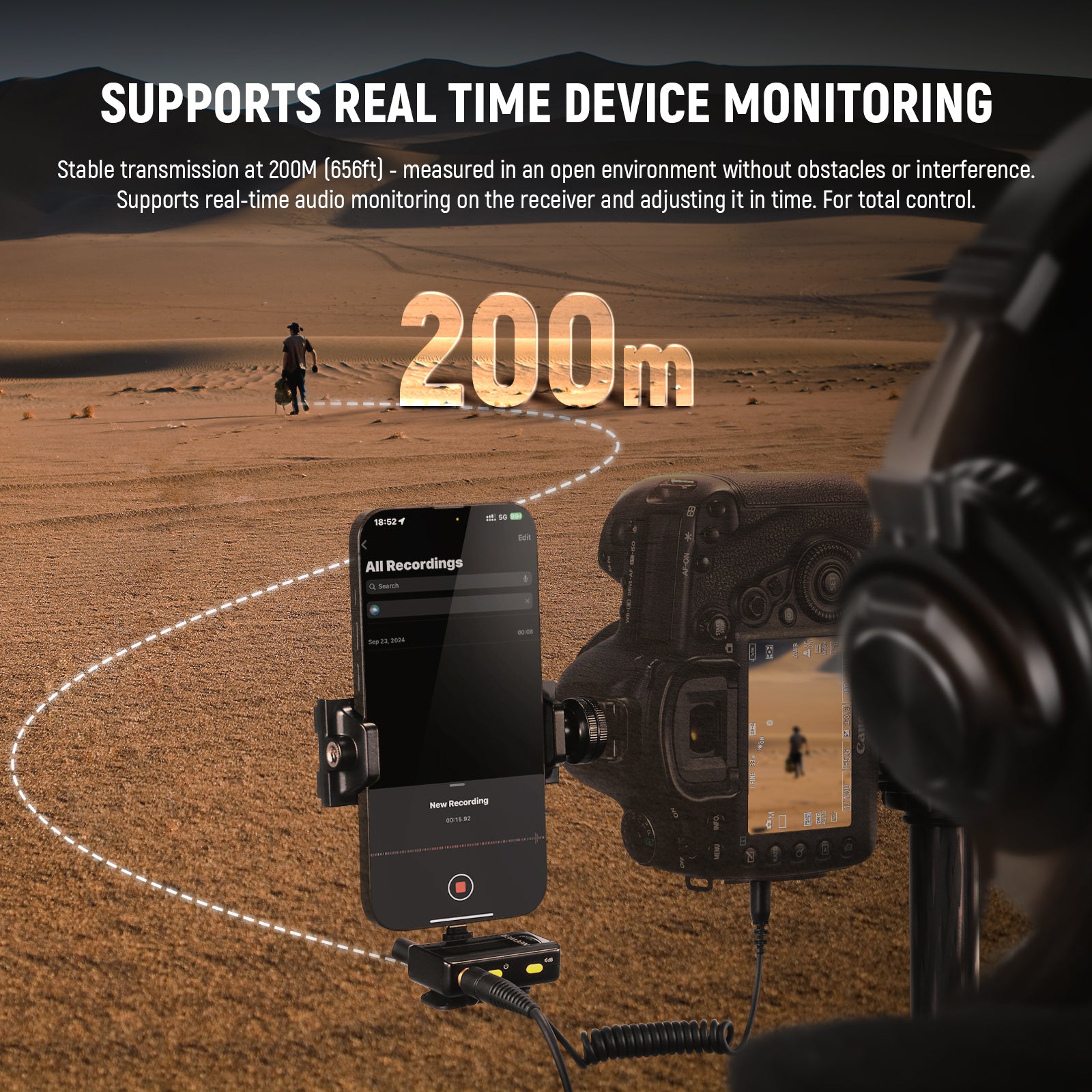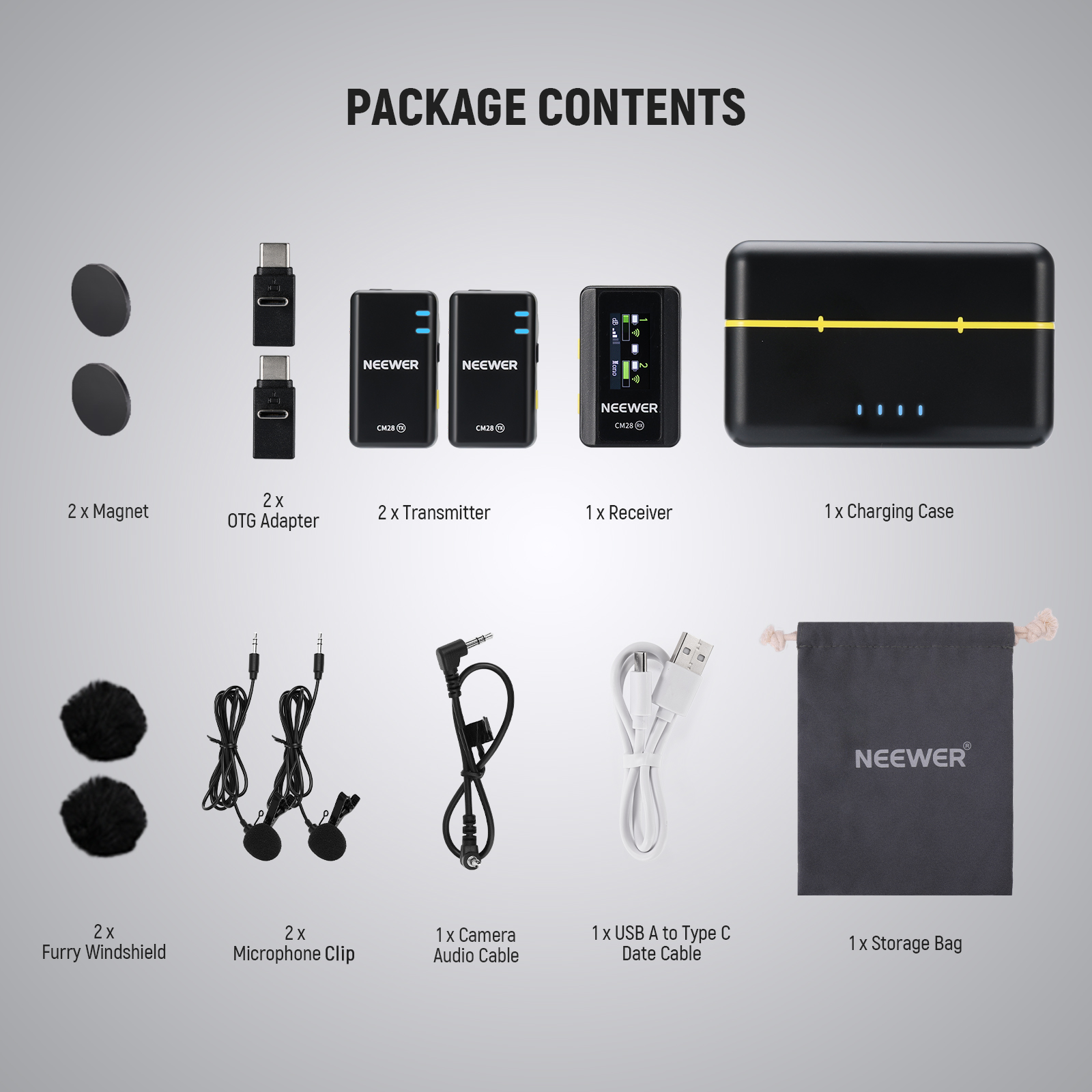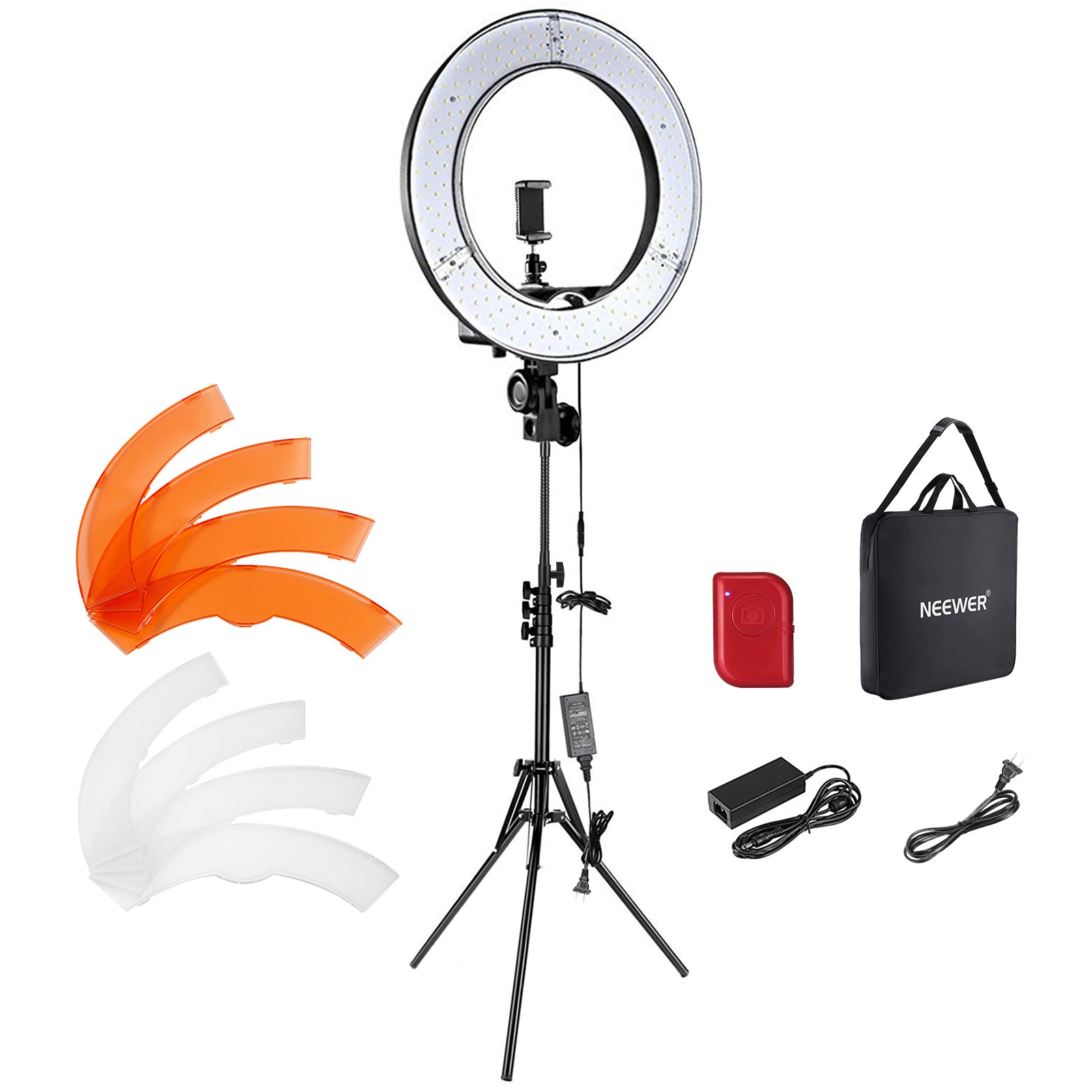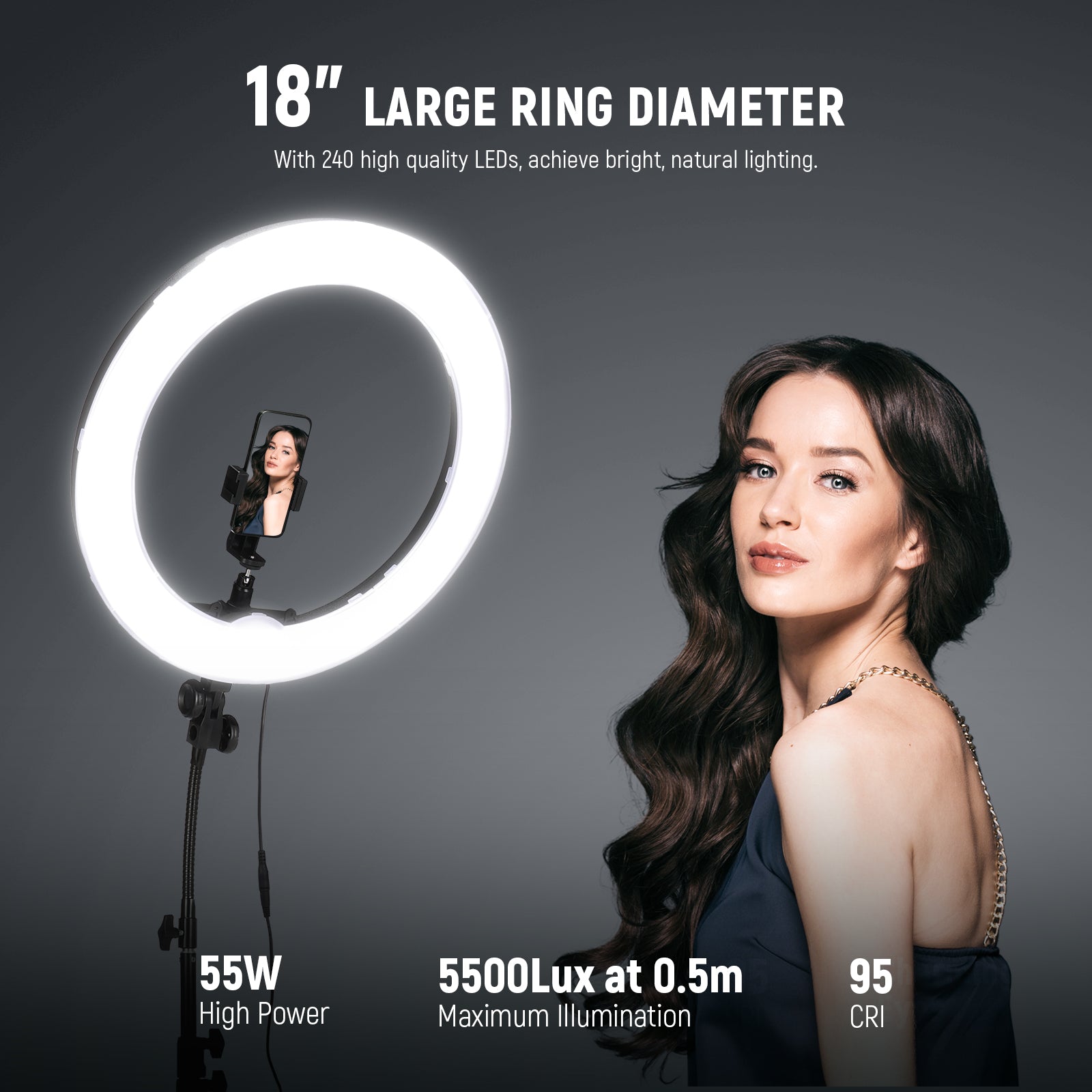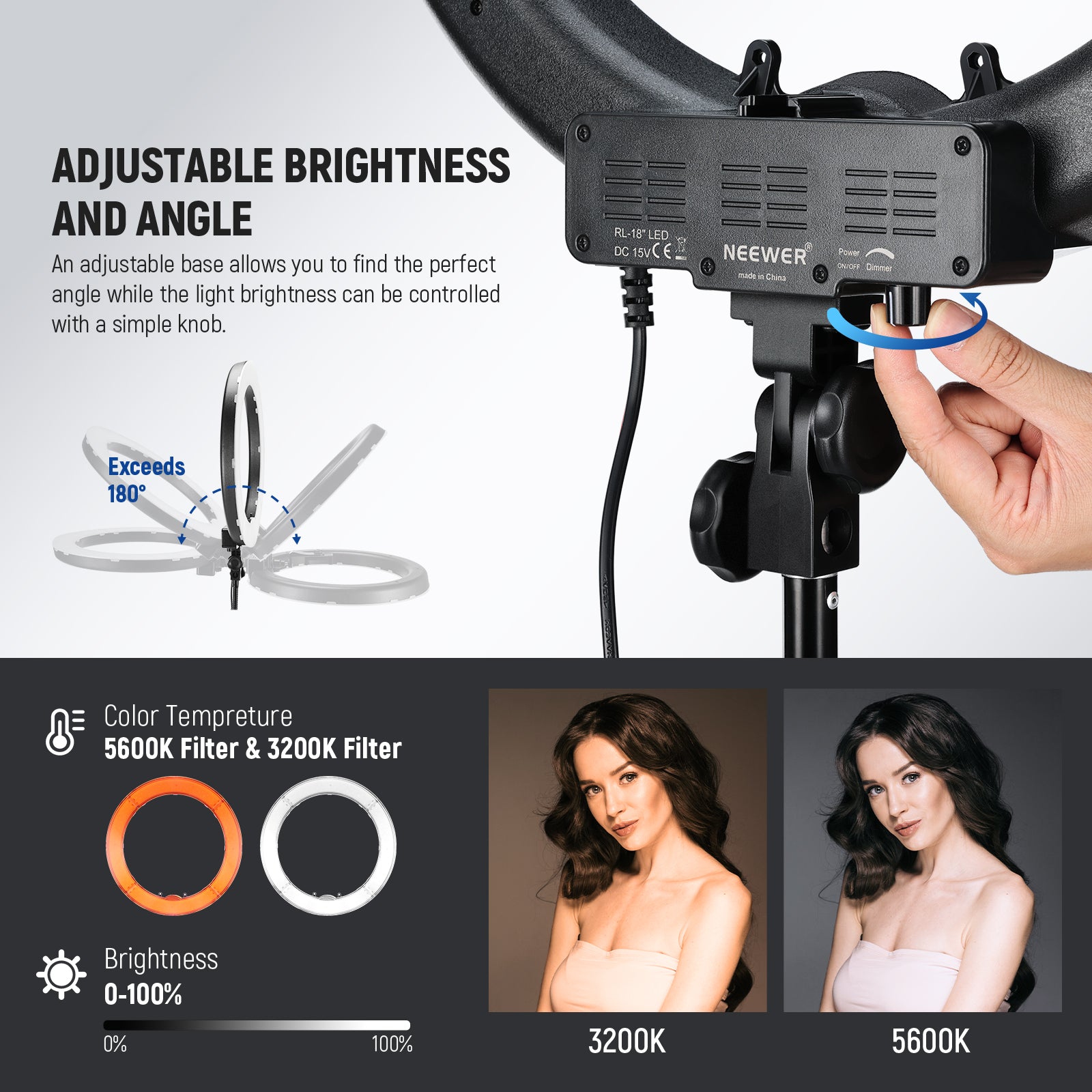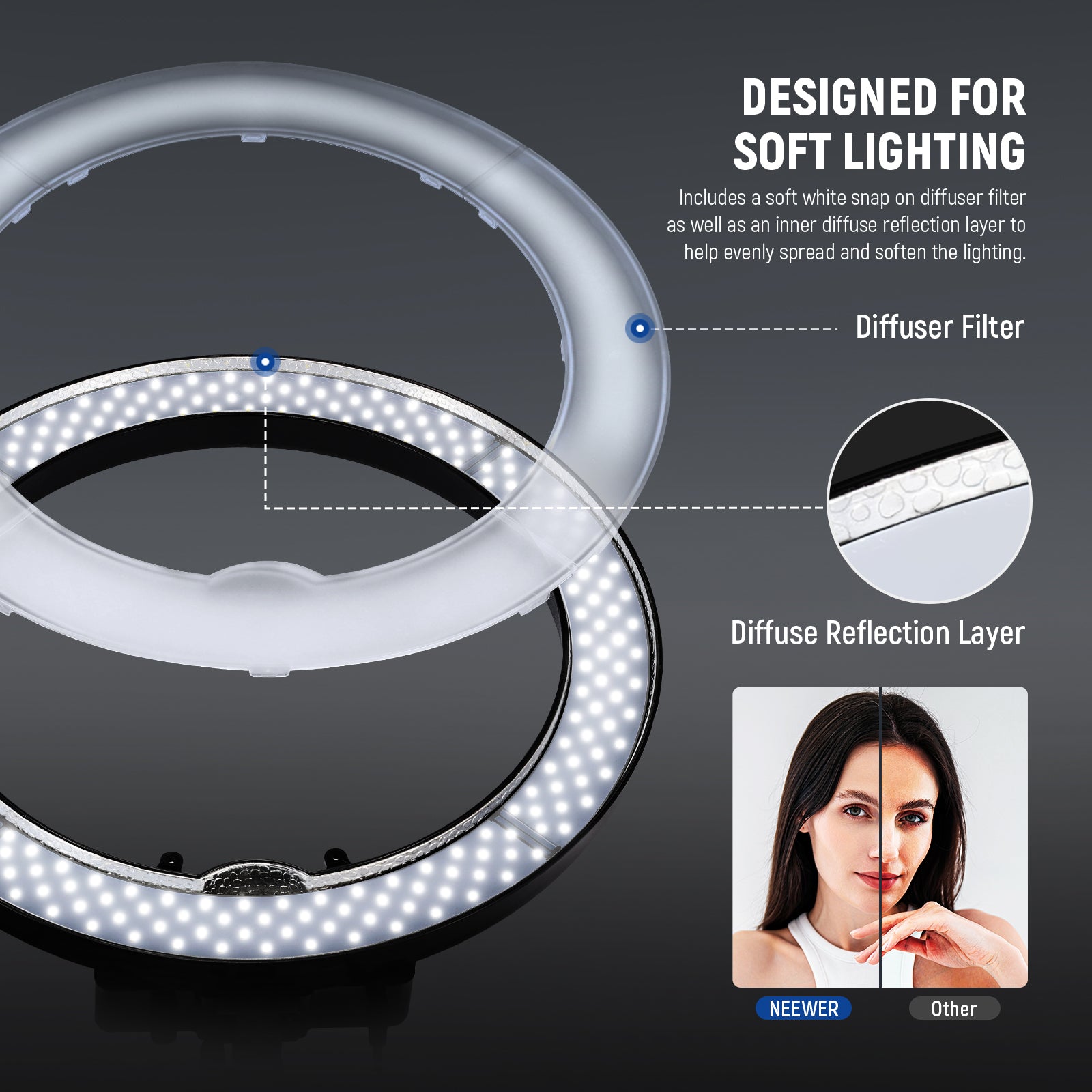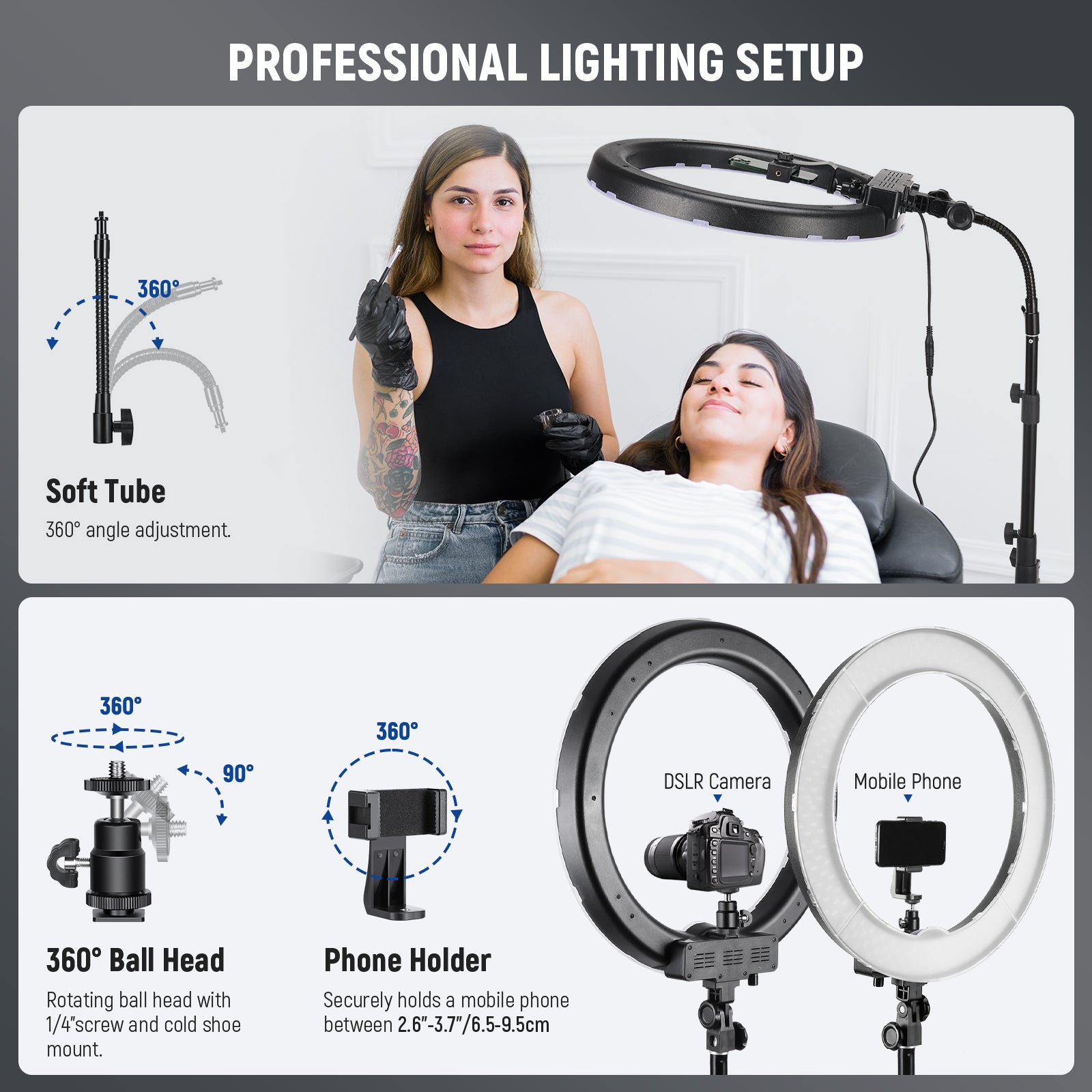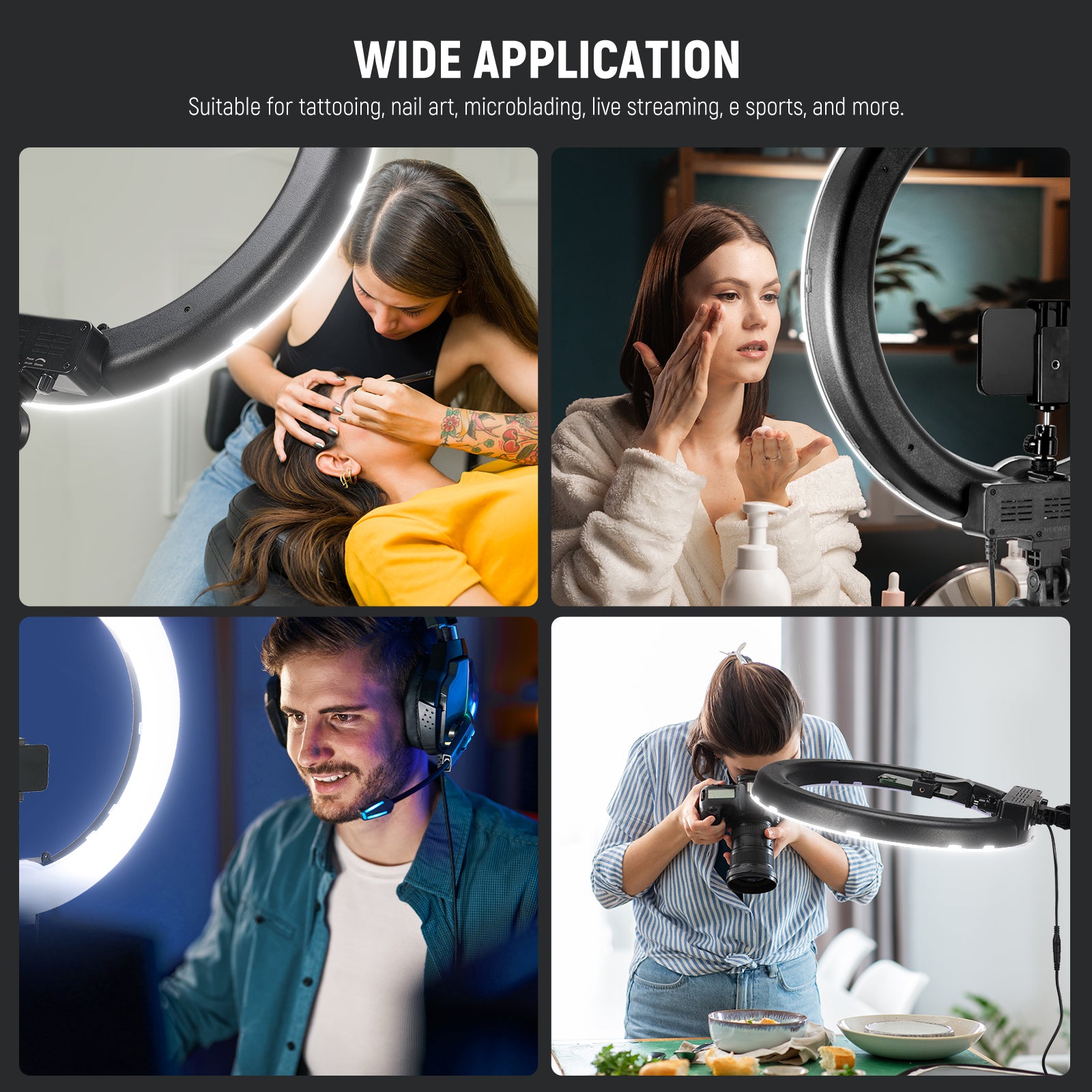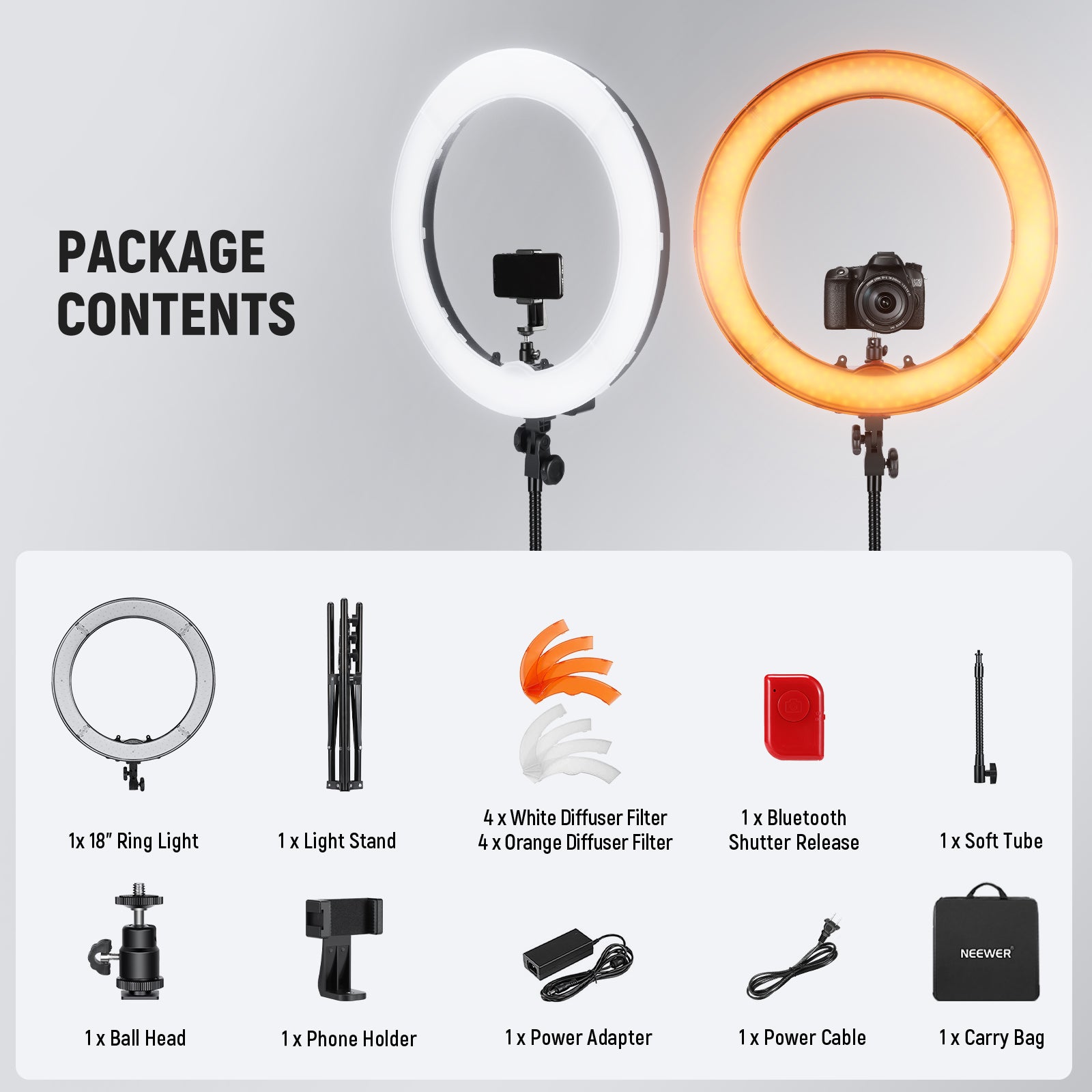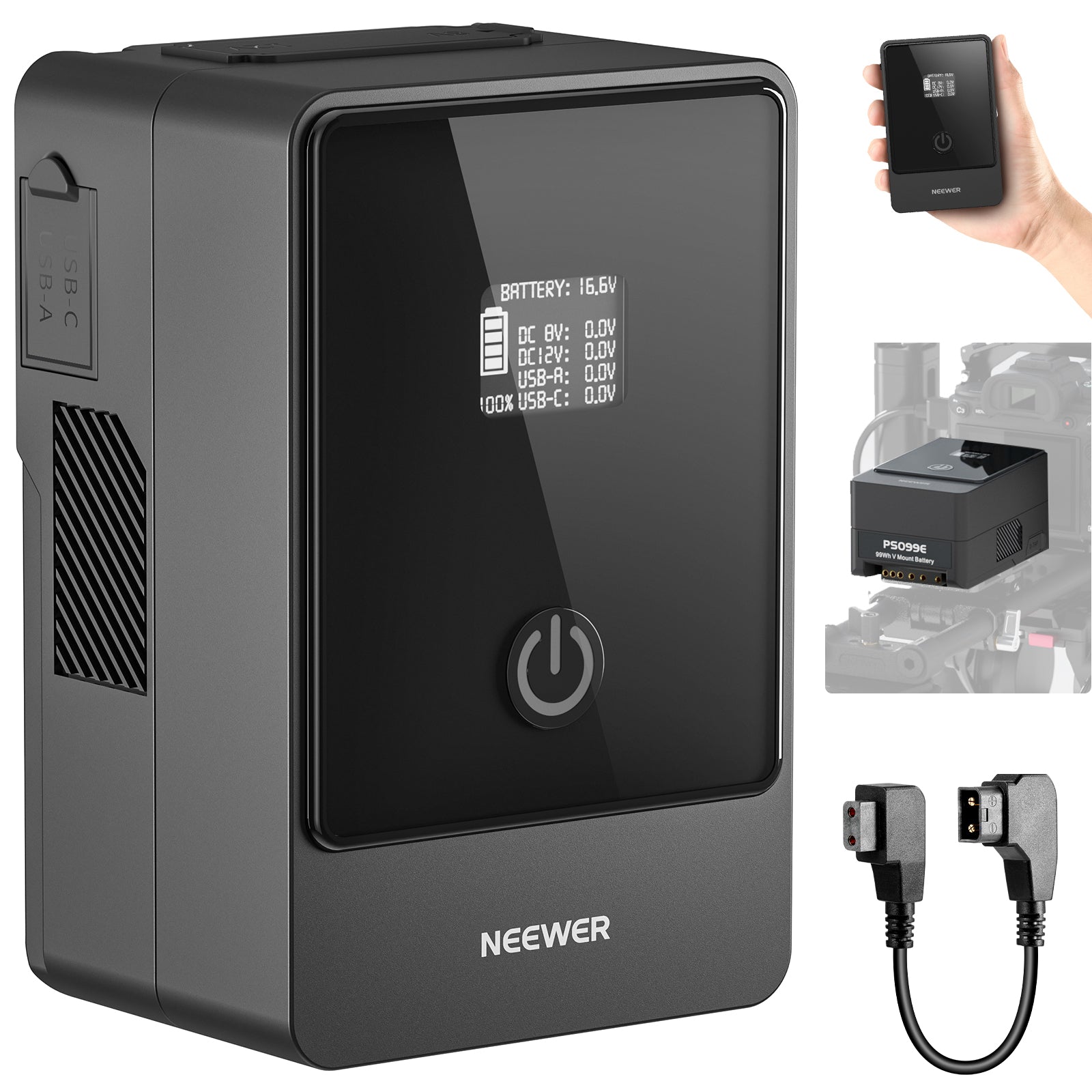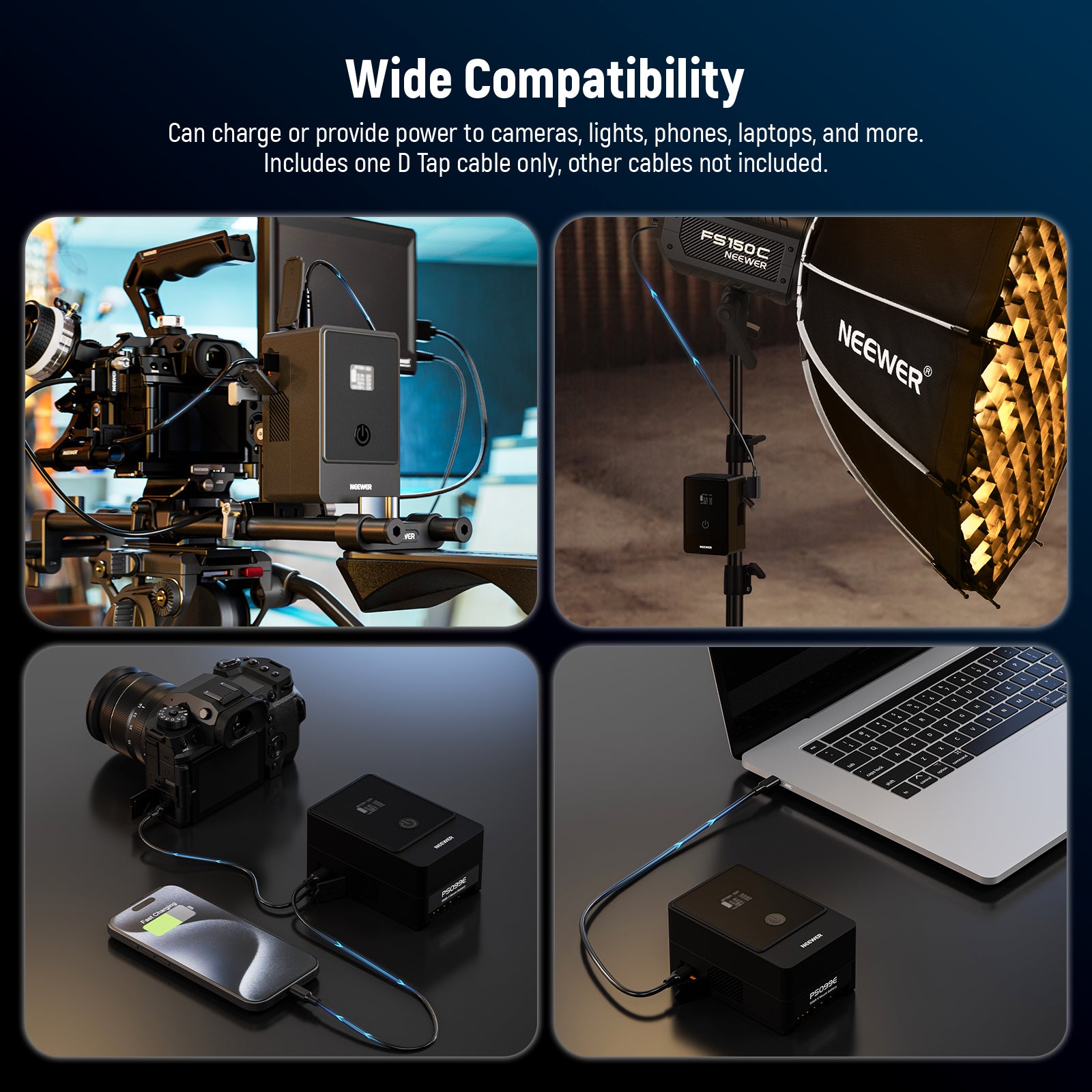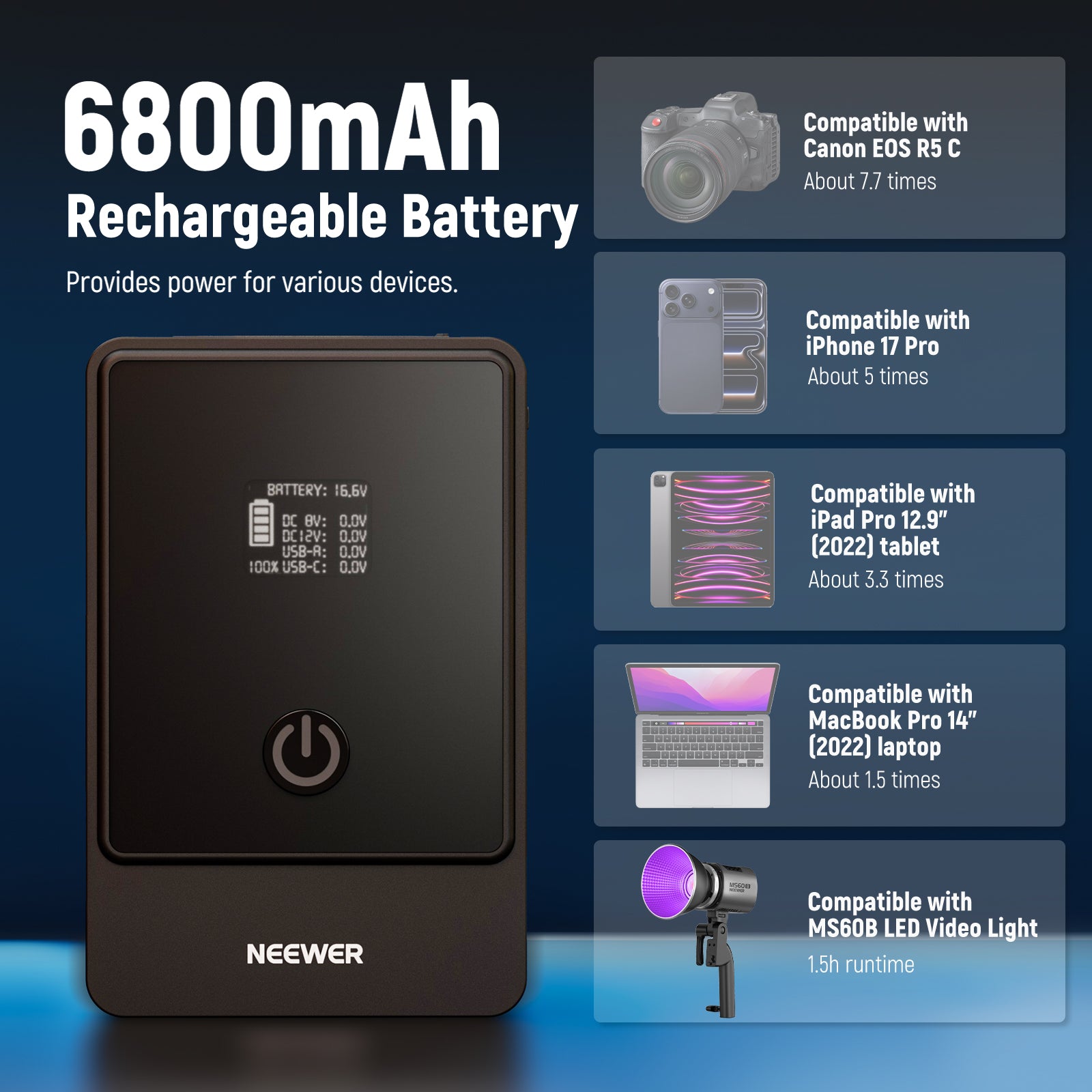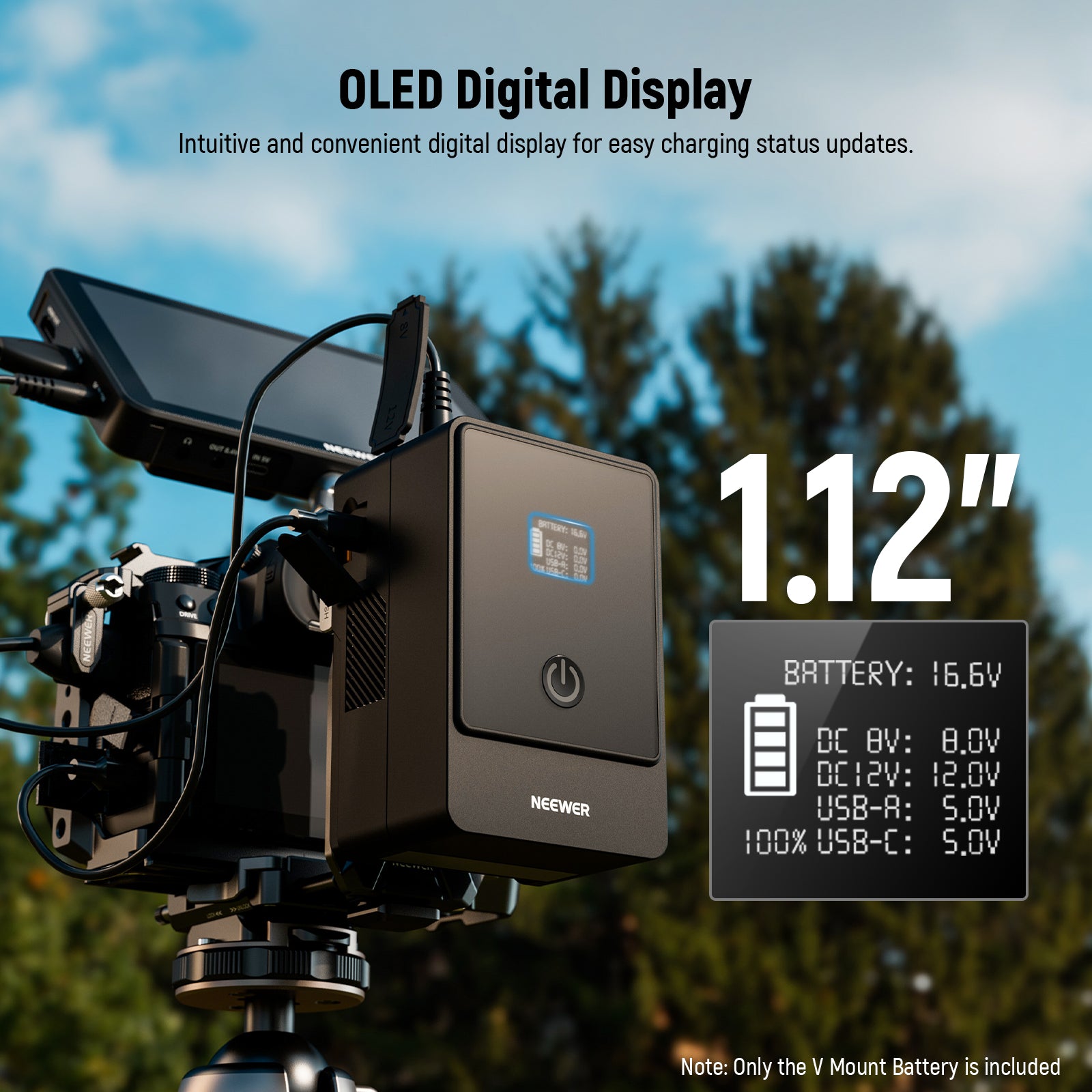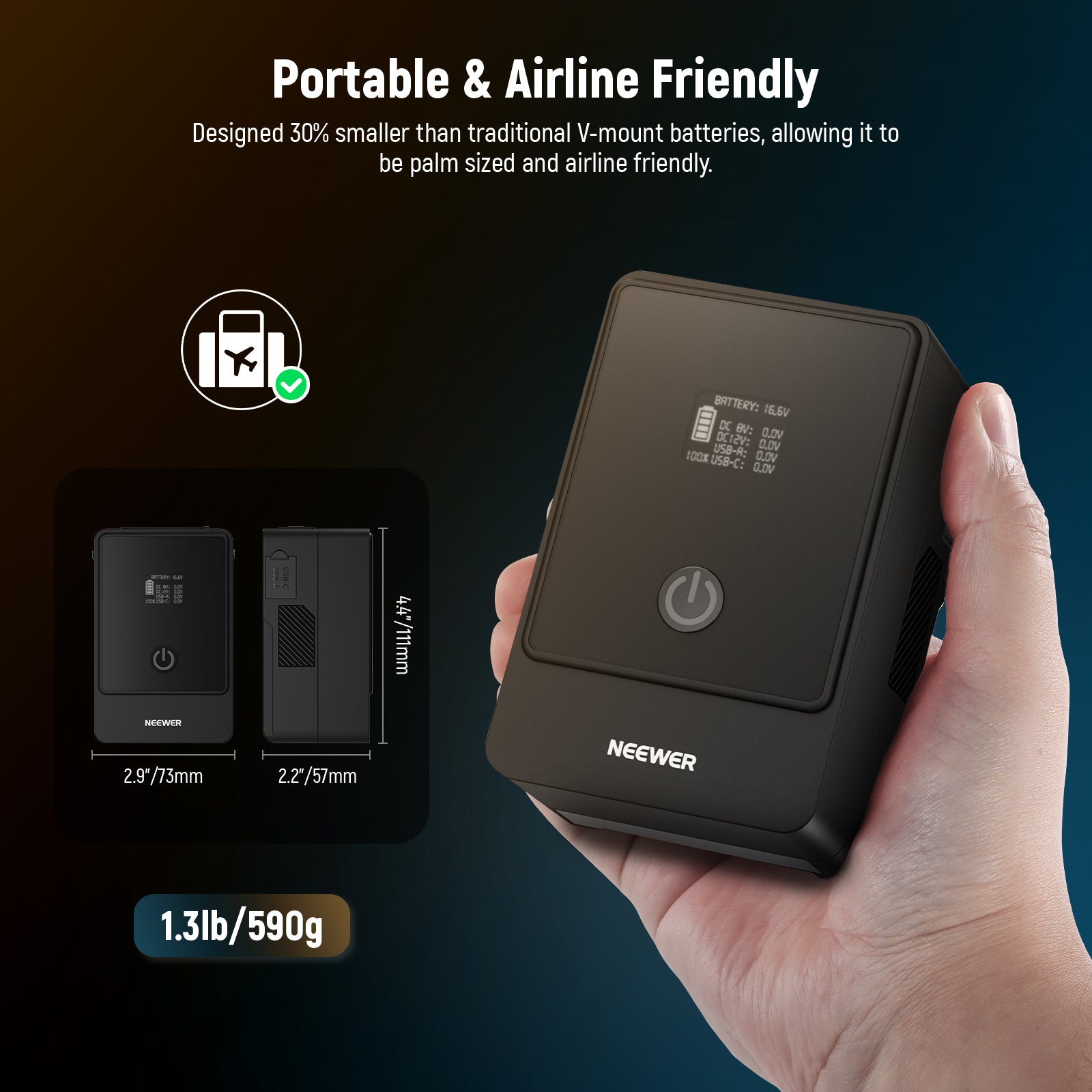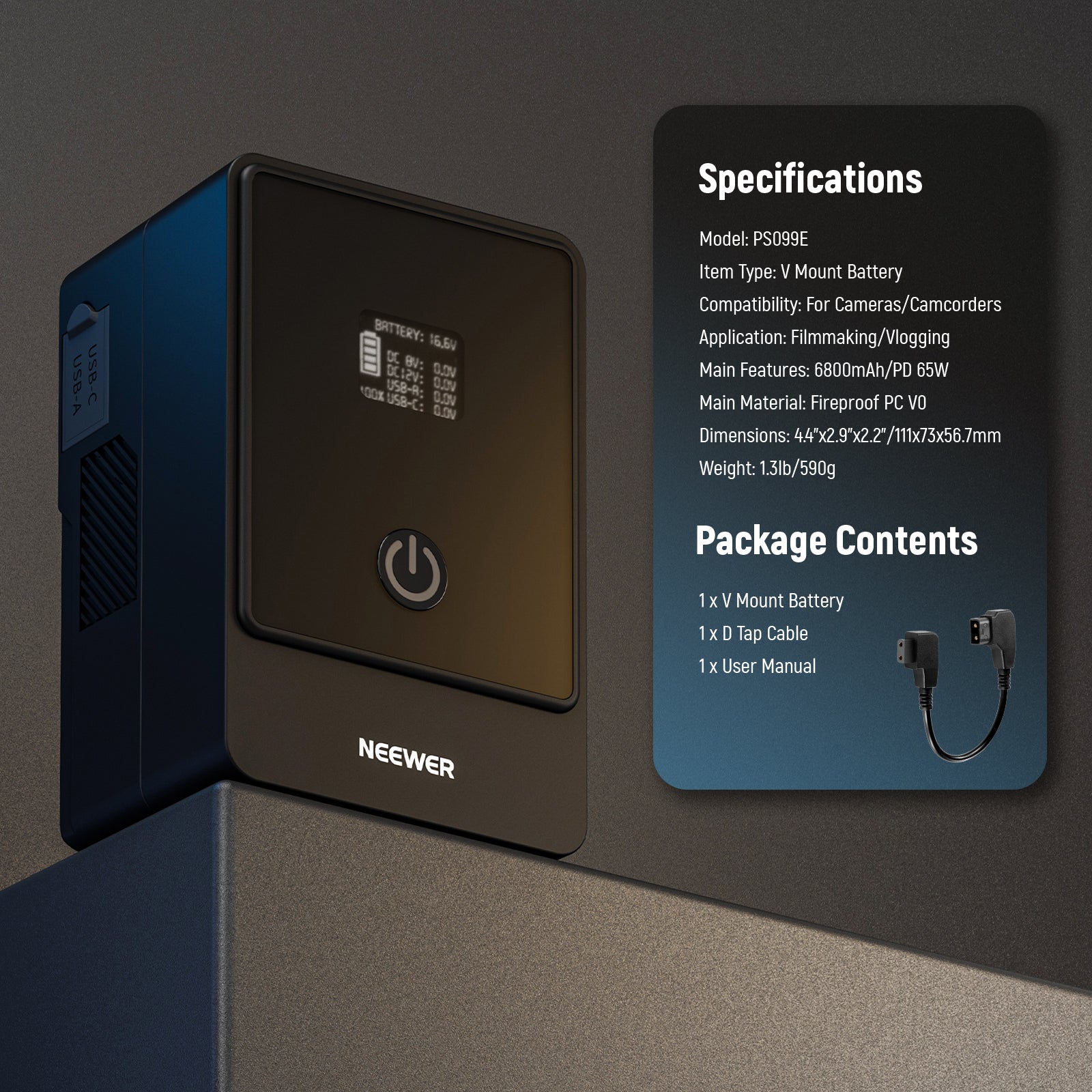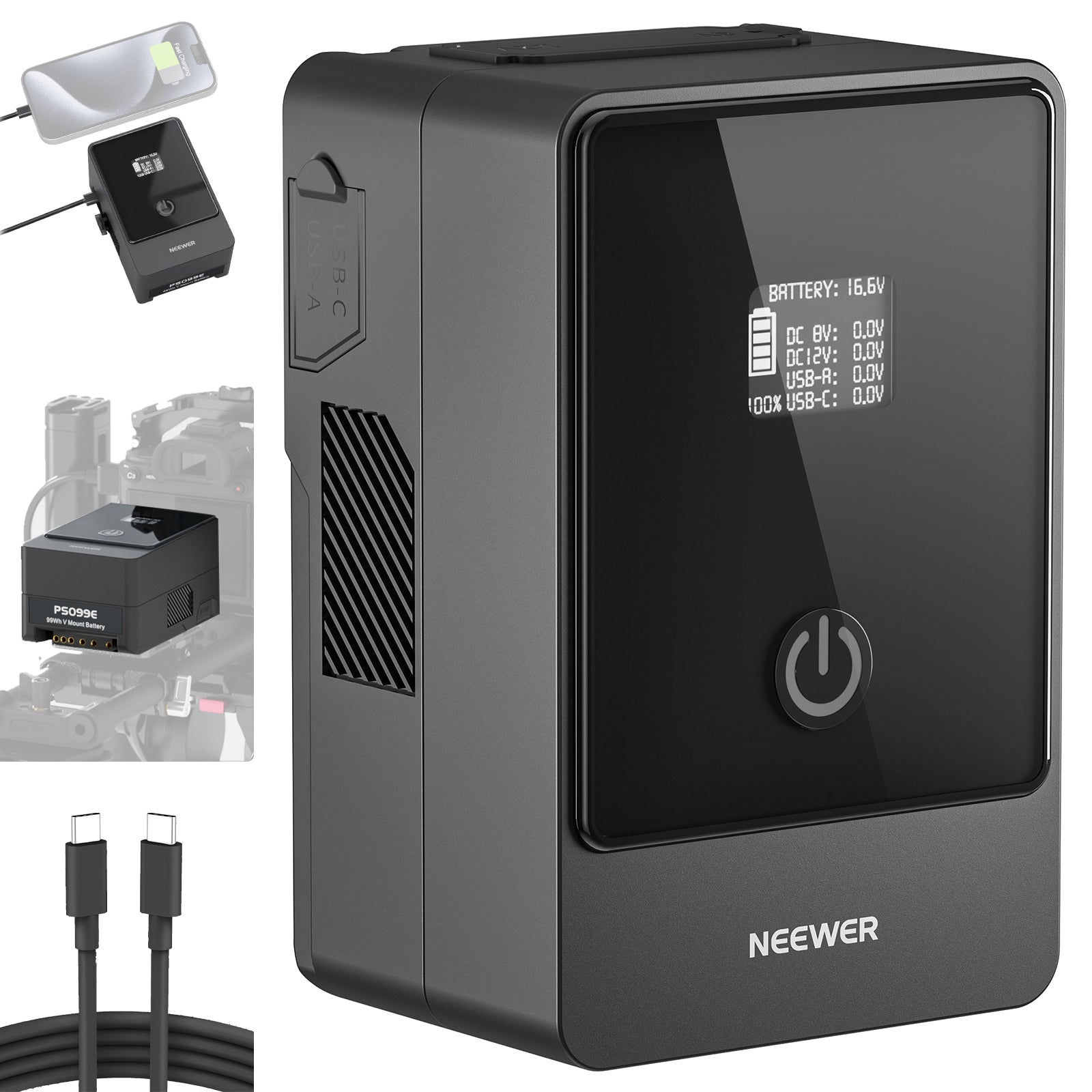Table of Contents

As necessary photographic equipment for the professional photography and film industry, the C-stand is a handy and versatile tool that provides efficient and flexible shooting support. With its help, you can adjust your light fixtures to the right height and use it to hold other photography accessories, such as softboxes and backdrops.
This article introduces the definition, uses, and types of C-stands and distinguishes the difference between them and light stands and tripods. If you want to learn about this type of photographic equipment, this post will be able to fulfill your needs.
What Is A C-Stand?

The C-stand is a kind of versatile photographic equipment. Its main function is to carry photography accessories such as ring lights, reflectors, small monitors, and more. The advantage of the century stand is its excellent height adjustability, it can be easily adjusted to the position you want, whether it's a high-angle or low-angle scenario, and it is able to provide support for photographic equipment.
In addition, the C-stand is also characterized by its high stability. It can be suitable for a variety of photographic environments, even if it is a complex landscape, such as steps, it can also be stable to support and protect the photographic equipment, to ensure the safety of the shooting process. If you purchase a NEEWER C-stand, it will also be very easy to open and store, which makes it very convenient to operate.
C-Stands Uses Explained

The C-stand has many uses. It can be used to help hold lights and other equipment during advertising photography and film production. In addition, you can also find it used in wedding photography, creative shoots, and other scenarios.
1. Holding a Key Light in Studio Portrait Photography
Imagine you're setting up a portrait photoshoot in a studio, attaching a softbox with LED light bulbs and placing it all on a C-stand for precision adjustment of height and angle, creating soft lighting on your subject's face while the sturdy construction keeps any potential risk of tipping at bay.
2. Supporting a Reflector for Outdoor Fashion Shoots
During an outdoor fashion shoot, the sunlight creates harsh shadows. To soften them, you attach a reflector to the grip arm of a C-stand. This setup lets you position the reflector at the perfect angle to bounce light onto your model, creating a natural, flattering glow.
3. Boom Arm for Overhead Lighting in Product Photography
For shooting a flat-lay of products like a food spread, you use a C-stand with a boom arm to position a soft light directly overhead. This provides even lighting across the entire scene without the stand appearing in the frame. The adjustable arm also makes it easy to avoid shadows cast by other elements.
4. Supporting Backdrops for E-commerce Shoots
When photographing clothing for an online store, you need a clean background. A C-stand is used to hold a fabric or paper backdrop in place. Its strong grip ensures the backdrop stays smooth and wrinkle-free, providing a professional look to the photos.
5. Holding a Flag for Controlling Light in Cinematography
In a dramatic film scene, you need to block light from hitting part of the frame. A black flag (light blocker) is mounted on the C-stand’s grip arm. This lets you shape the light precisely, creating the moody effect the director wants.
6. Supporting a Boom Microphone for Interviews
During a sit-down interview, a boom mic is attached to a C-stand to capture clean audio. The stand keeps the microphone just out of frame while ensuring it’s close enough to pick up the subject's voice.
7. Holding a Rain Curtain for Creative Effects
For a music video shoot, you want a rain effect on the subject. The rain machine’s pipe is mounted horizontally across two C-stands. The sturdy construction ensures it remains steady while creating a dramatic and controlled downpour.
8. Stabilizing a Camera Rig in a Timelapse Setup
For a time-lapse of a bustling city street, a C-stand holds a lightweight camera rig securely. Its solid base ensures stability over extended periods, even in outdoor environments with uneven terrain or wind.
C-Stands vs. Light Stands
|
|
C-Stands |
Light Stands |
|
Construction |
Made of steel, heavy-duty construction |
Made of aluminum or lightweight alloys |
|
Design |
- Features adjustable arms and grip heads |
- Simple tripod structure |
|
Range of Application |
- Ideal for professional studio setups |
- Best for simple lighting setups |
|
Portability |
- Heavier and bulkier, less portable |
- Lightweight and easy to transport |
|
Stability |
- Extremely stable due to weight and design |
- Less stable on uneven surfaces |
|
Load Capacity |
Supports heavy loads (large modifiers, multiple lights) |
Limited load capacity, designed for smaller lights and accessories |
You should use NEEWER C-stands if you work with heavy photographic equipment and require advanced positioning flexibility or enhanced stability. Light stands are a good choice if portability, cost-effectiveness, and ease of use are important factors for your project.
C-Stands vs. Tripods

|
|
C-Stands |
Tripod |
|
Primary Use |
Designed primarily for supporting lighting equipment, modifiers, and rigging setups |
Designed for stabilizing cameras or video recording equipment |
|
Structural Design |
-heavy-duty steel construction |
- Lightweight (aluminum, carbon fiber) |
|
Portability |
Heavier and bulkier; less portable, best for stationary setups |
Lightweight and portable, ideal for location shoots |
|
Height Adjustment |
Tall height range, often extending higher than most tripods |
Moderate height range, adjustable for cameras at different shooting angles |
|
Stability |
Extremely stable due to weight and wide leg design |
Stable for cameras but can tip under heavy or unbalanced loads |
|
Load Capacity |
Supports heavy loads, including large lights, scrims, and backdrops |
Limited to supporting cameras, small lights, or microphones |
|
Range of Application |
Professional studio setups and rigging heavy modifiers |
Photography and videography with cameras in outdoor and studio environments |
Exploring the Different Types of C-Stands
Based on features, height, and functionality, century stands can be categorized into the following types. You can choose the right type according to your needs.
|
Types of C-stands |
Features |
Best for |
|
- Simple and sturdy |
Ideal for general use in studios or on-location shoots |
|
|
Accommodates uneven surfaces like stairs, slopes, or rocky terrain |
Perfect for outdoor shoots or uneven studio floors |
|
|
Turtle Base C-Stand |
- Quick setup and breakdown |
Great for portability and for setups where low mounting is required |
|
Detachable C-Stand |
Lightweight and travel-friendly |
Perfect for traveling photographers and videographers |
|
Low-Profile C-Stand |
Compact height for low-angle lighting or equipment setups |
Ideal for floor-level lighting or specialty setups |
|
Grip Arm C-Stand |
Versatile adjustments for precise positioning |
Commonly used in studios for shaping and controlling light |
|
Reinforced build for stability and durability |
Perfect for large modifiers, heavy lights, or outdoor use in windy conditions |

